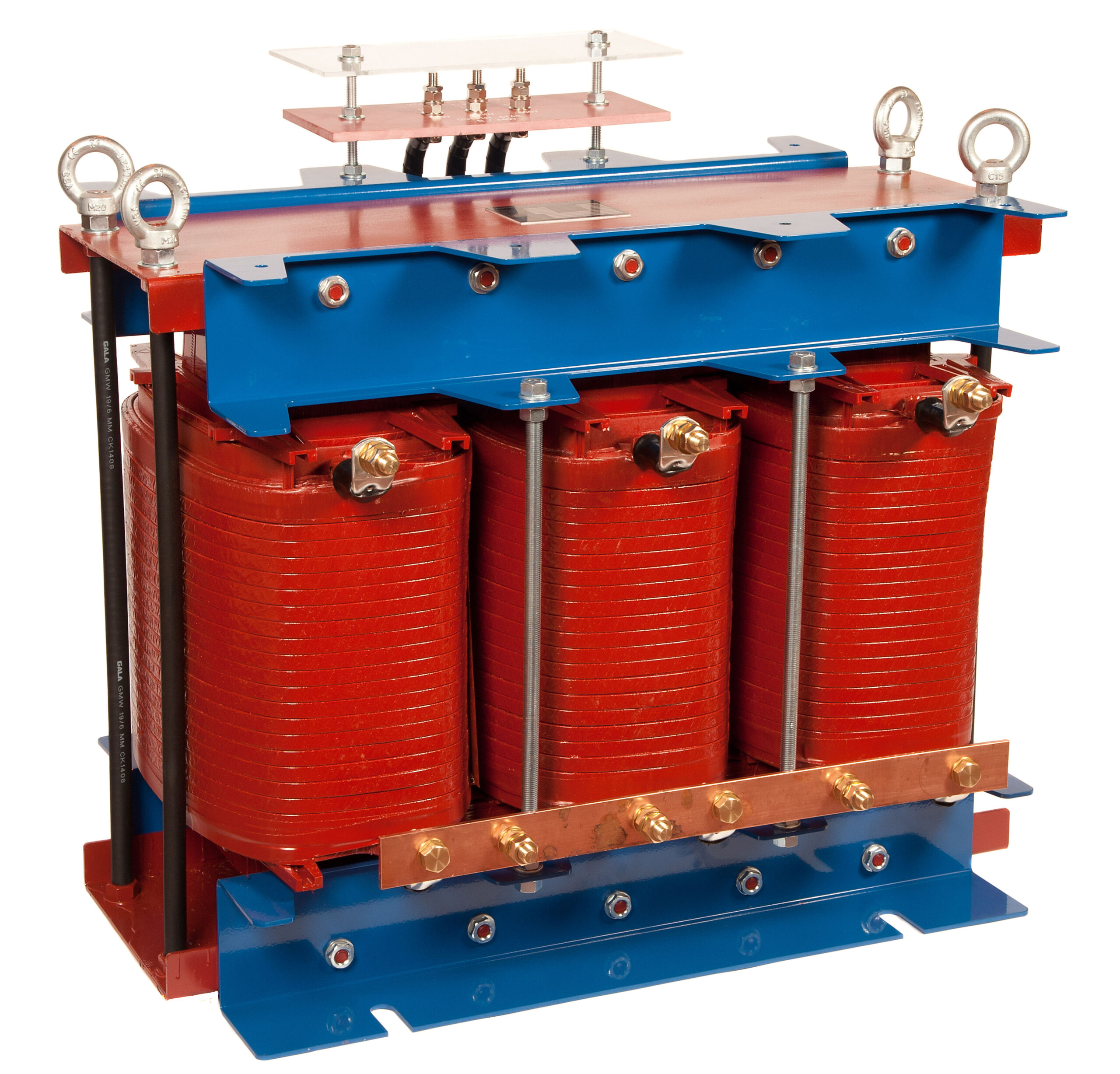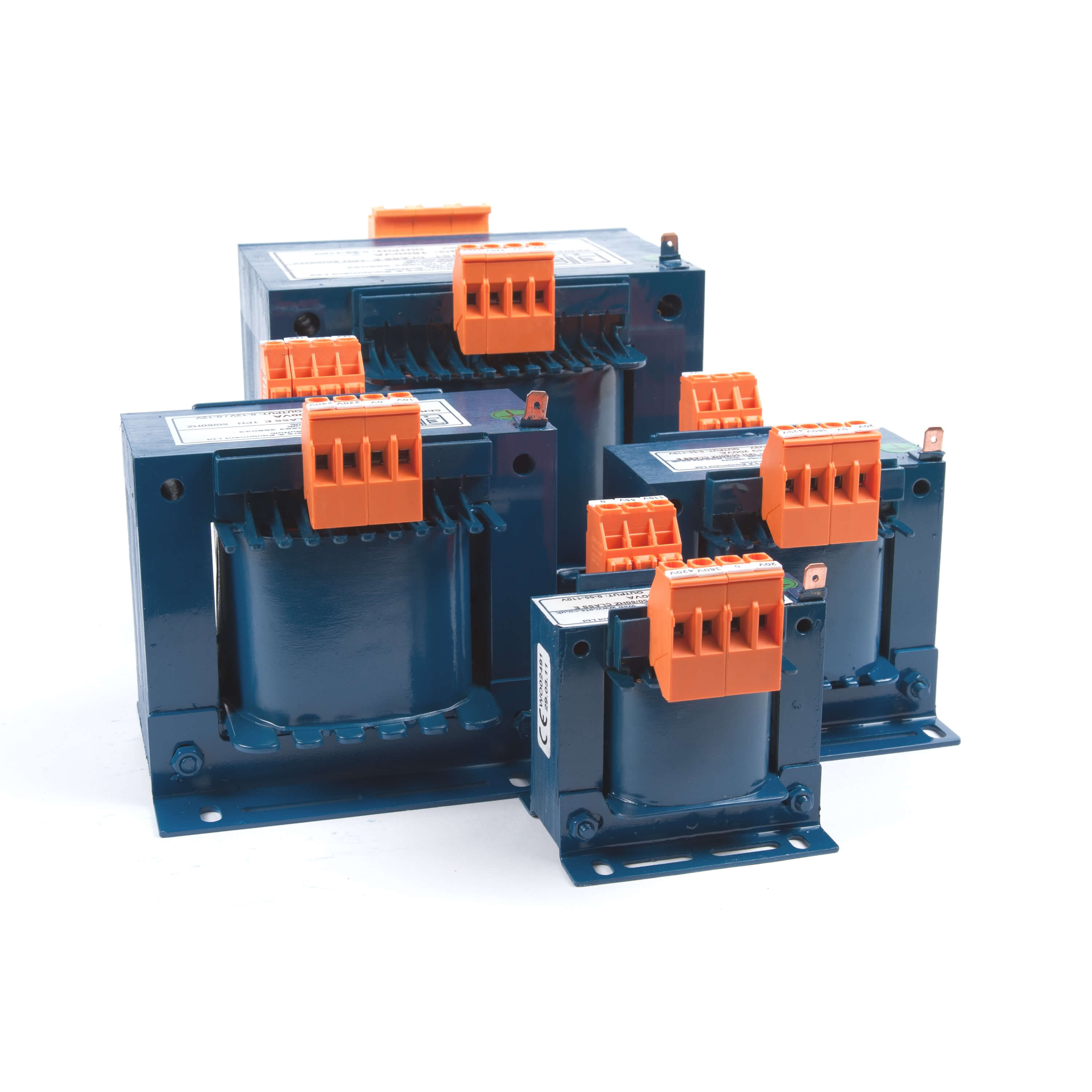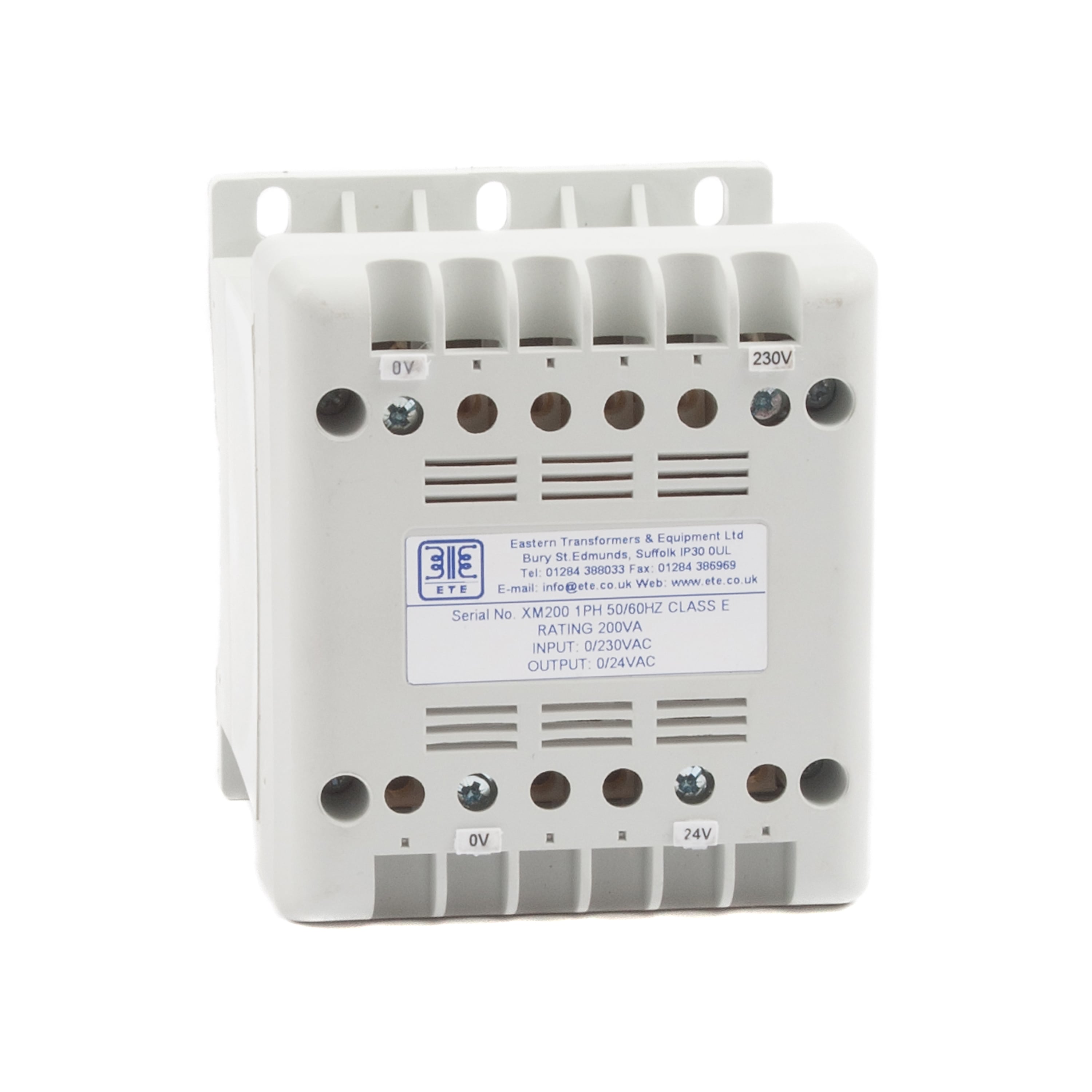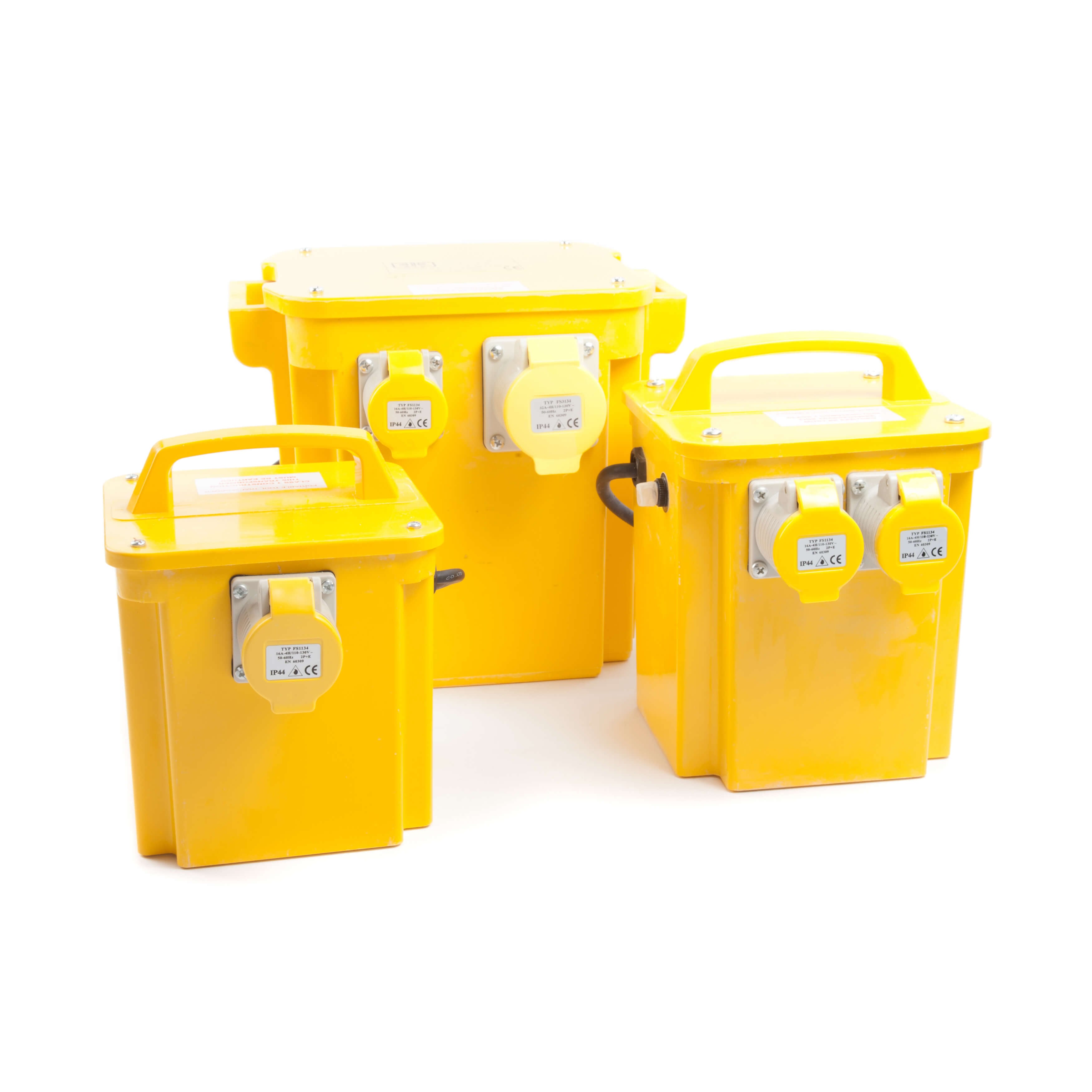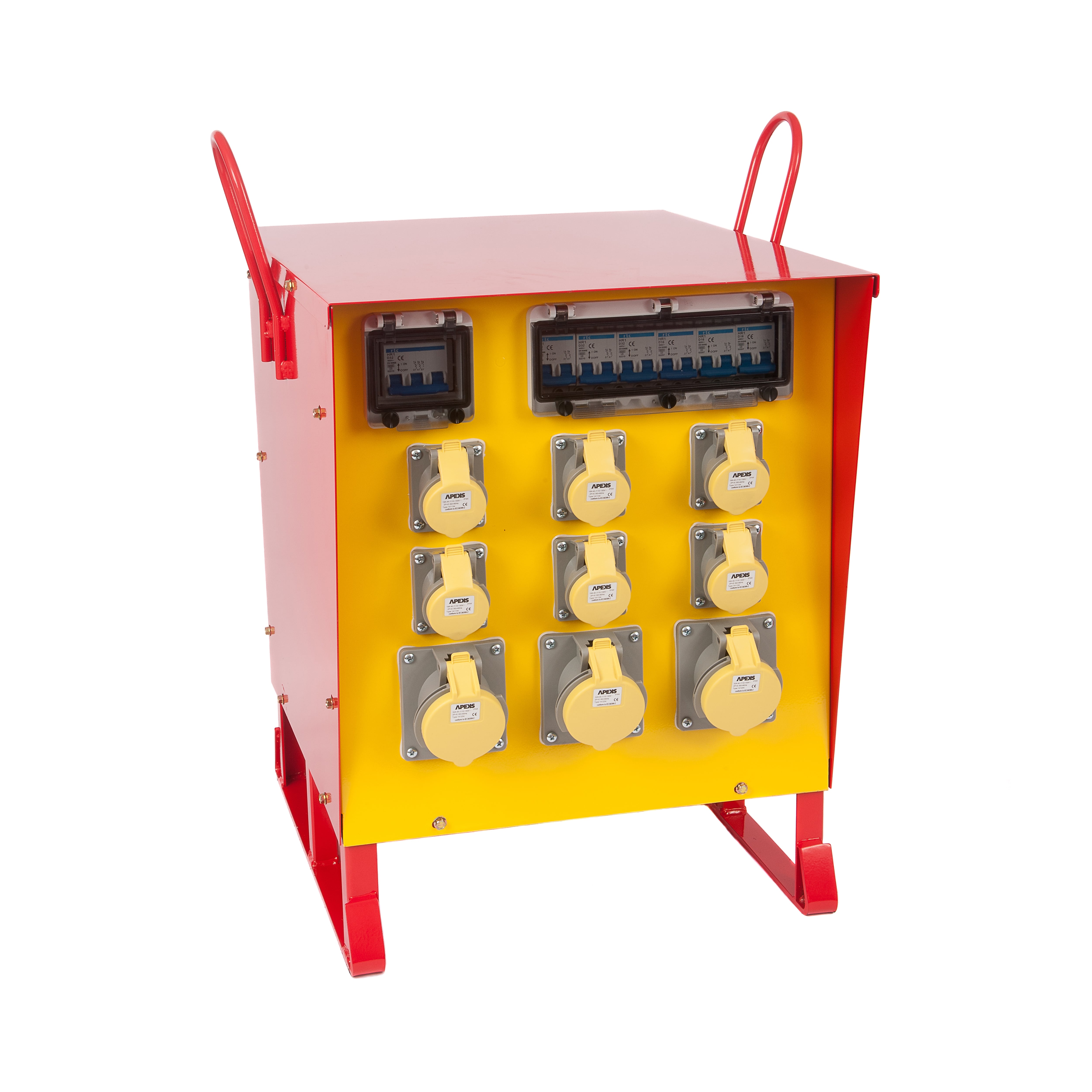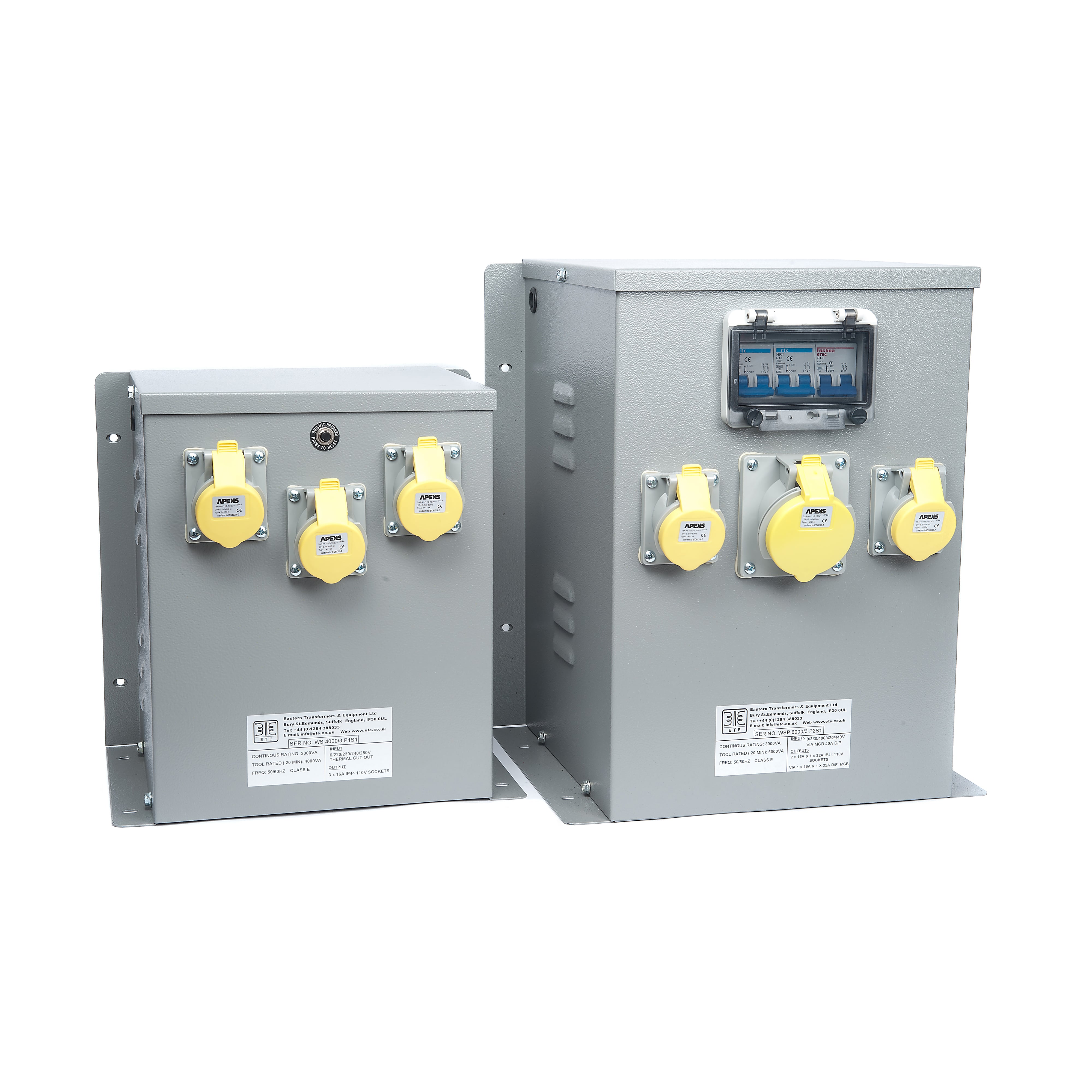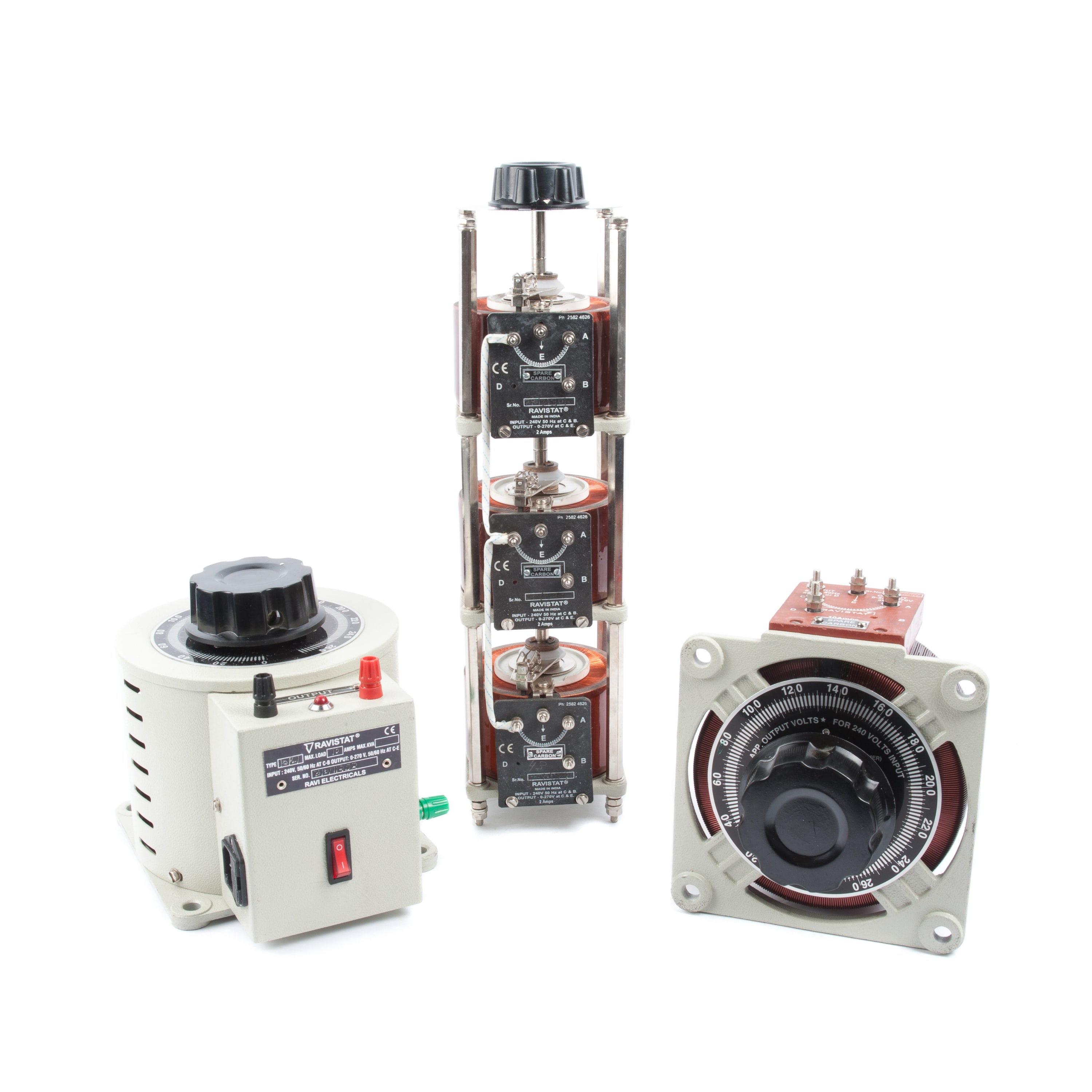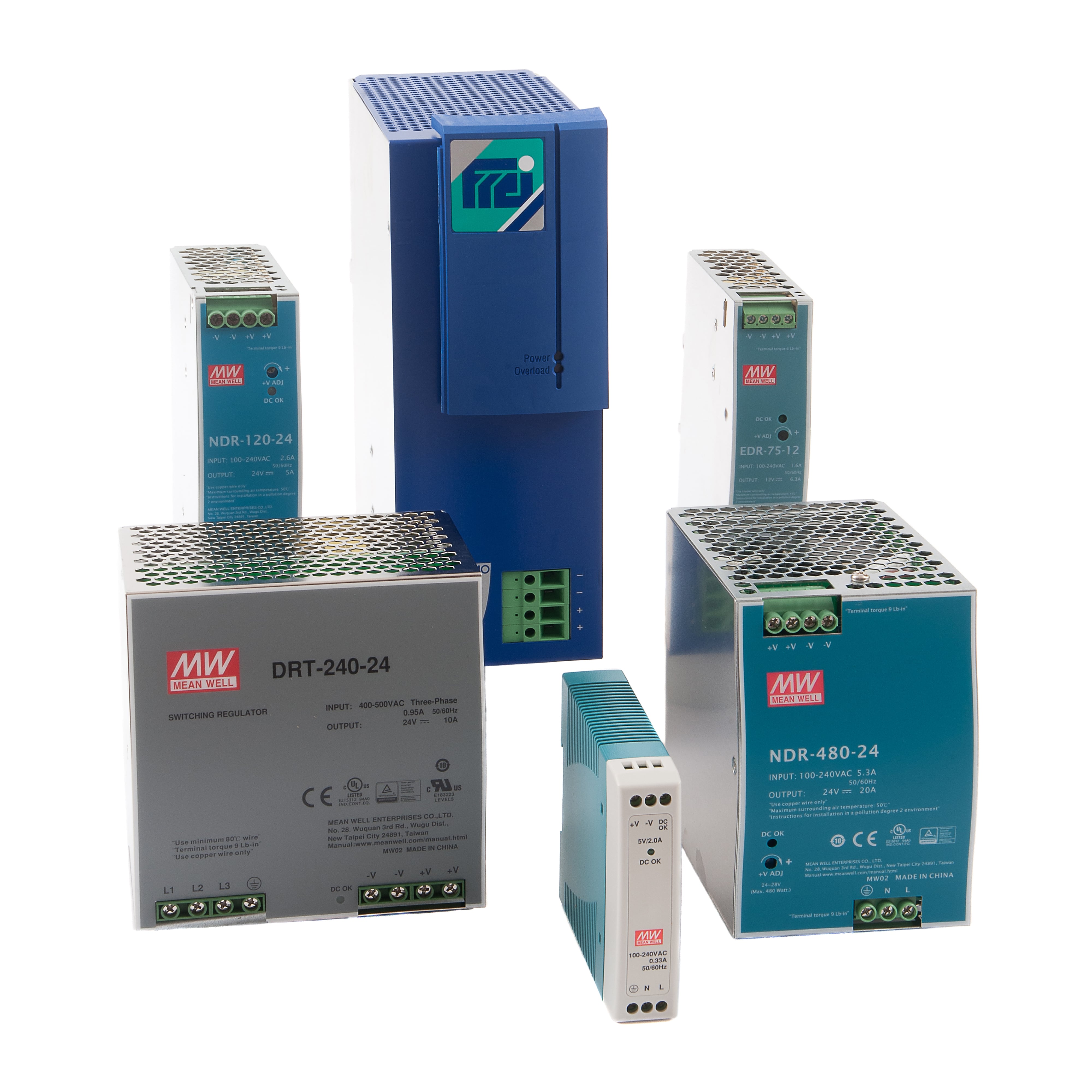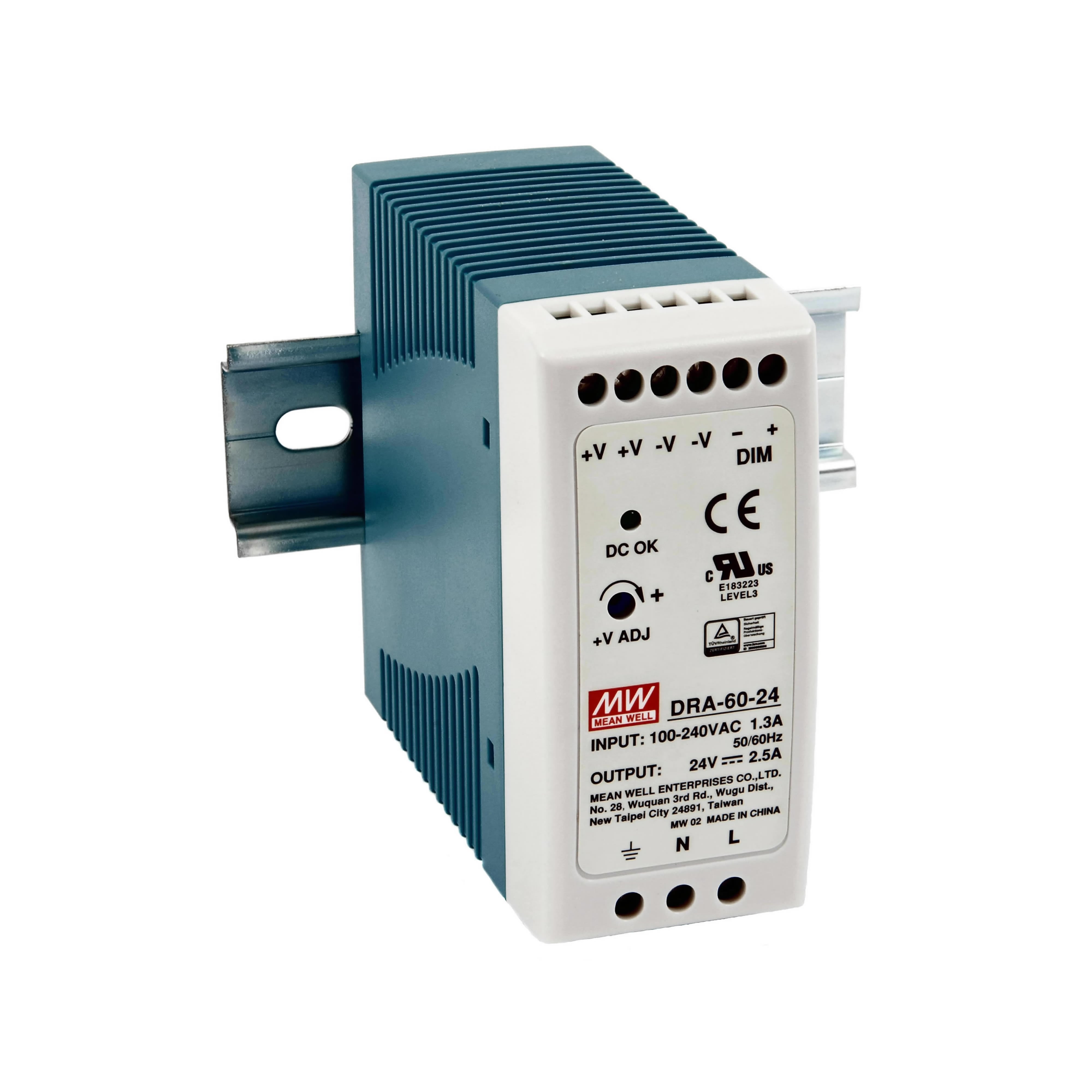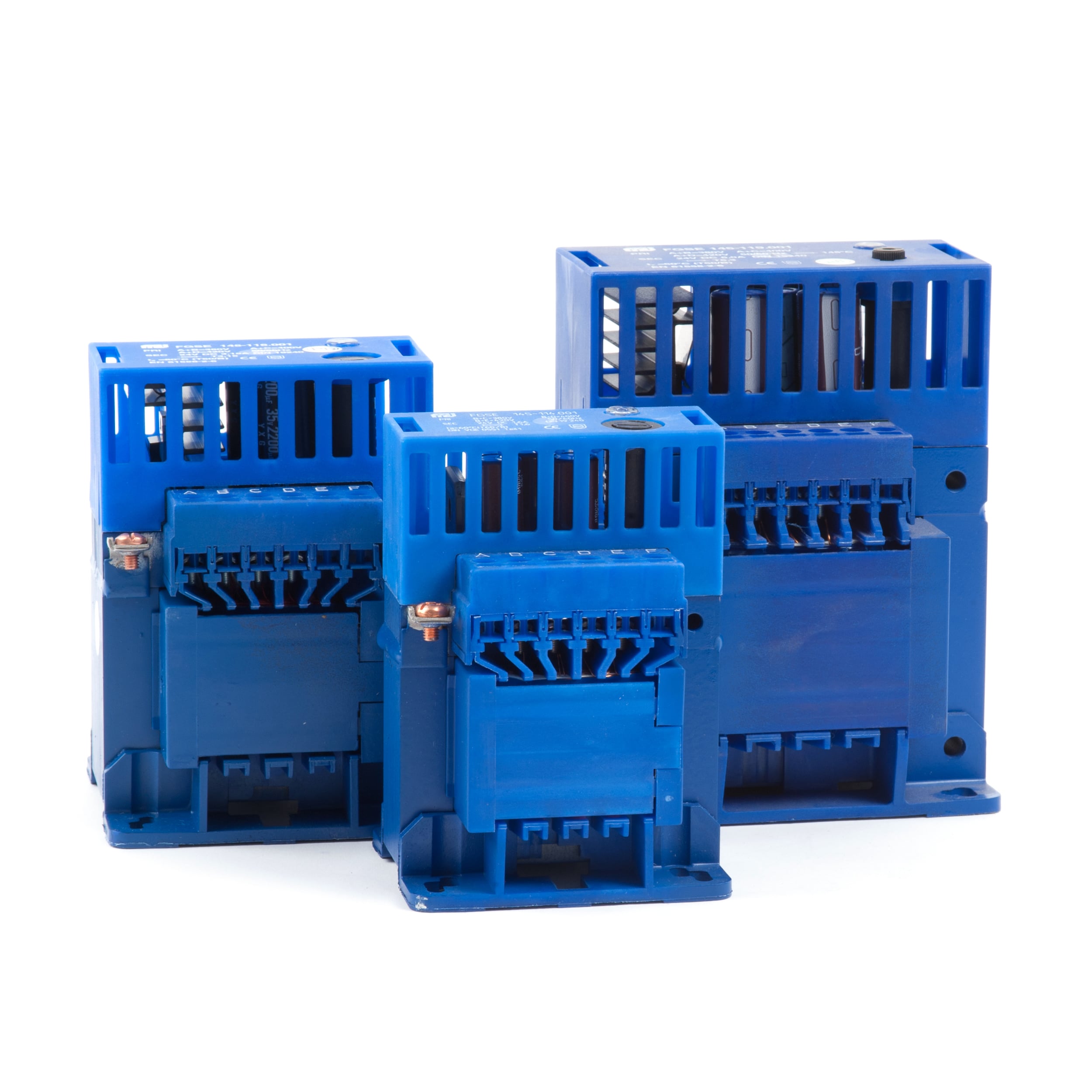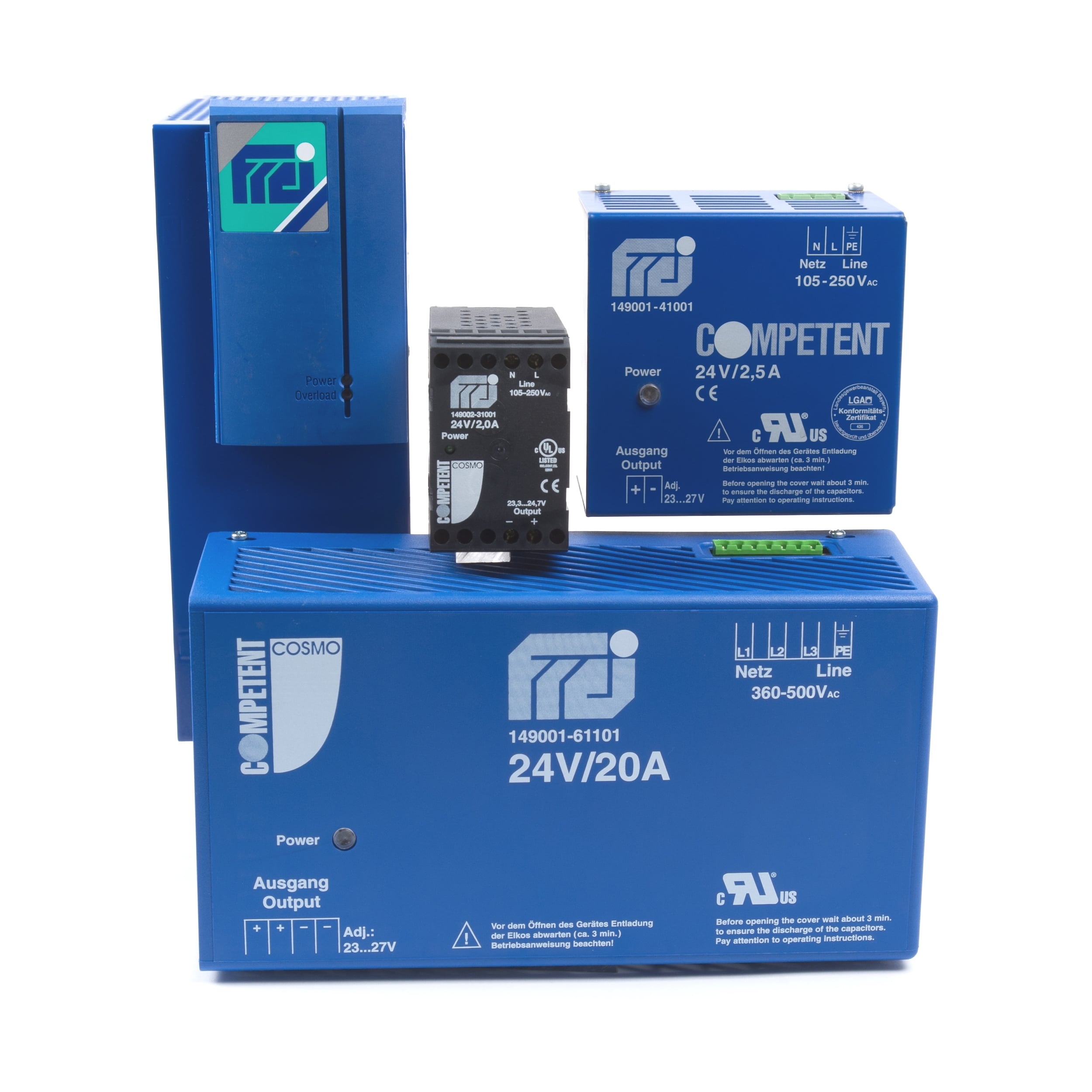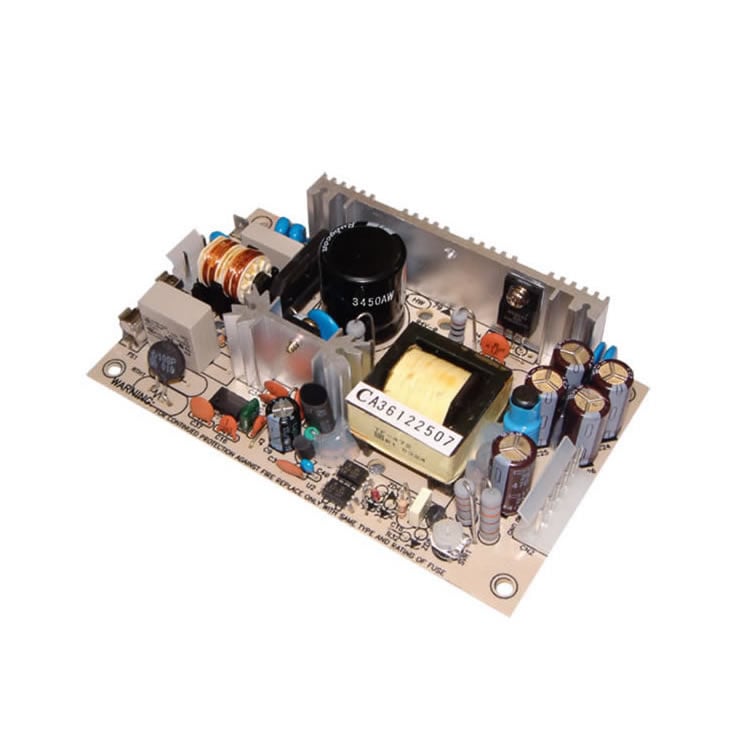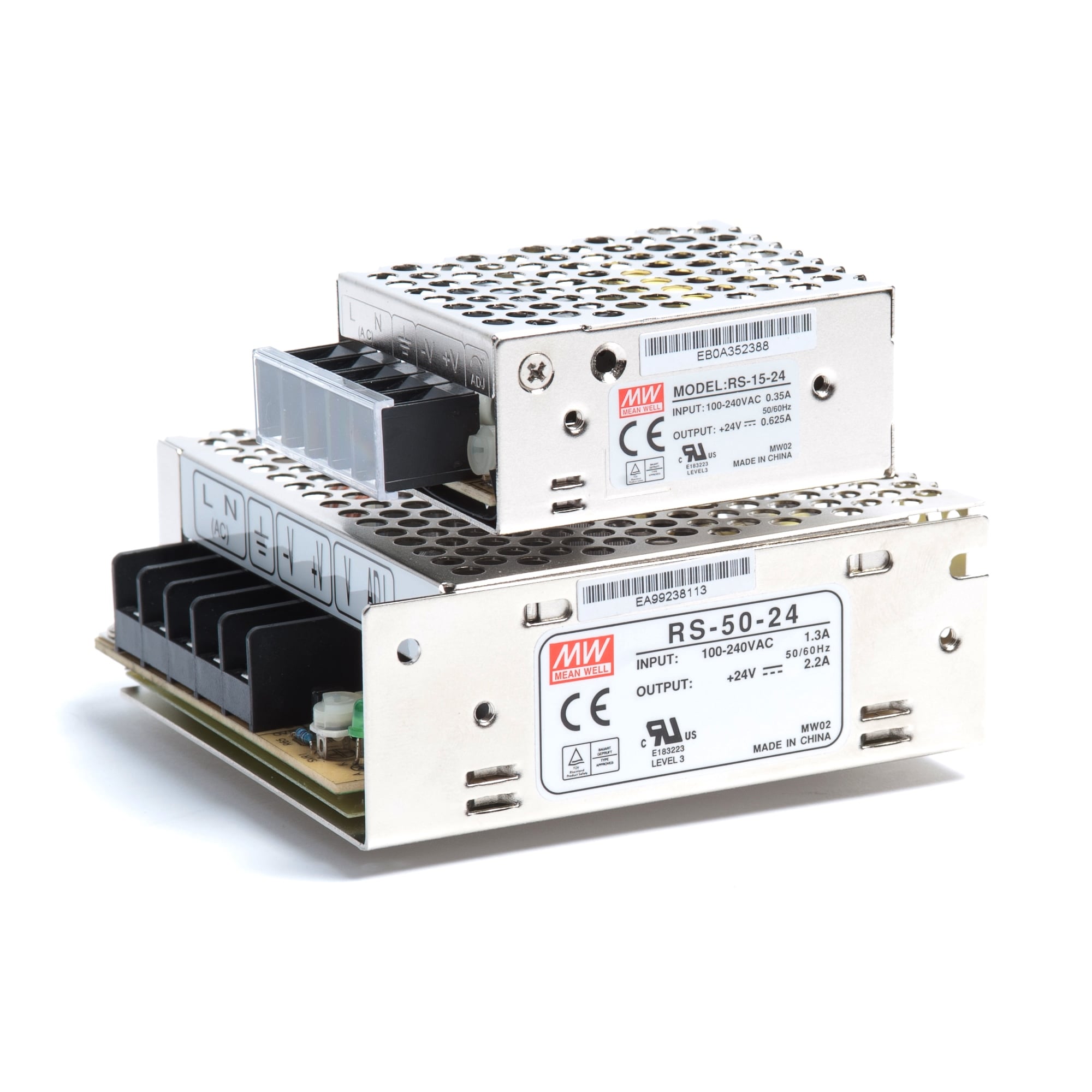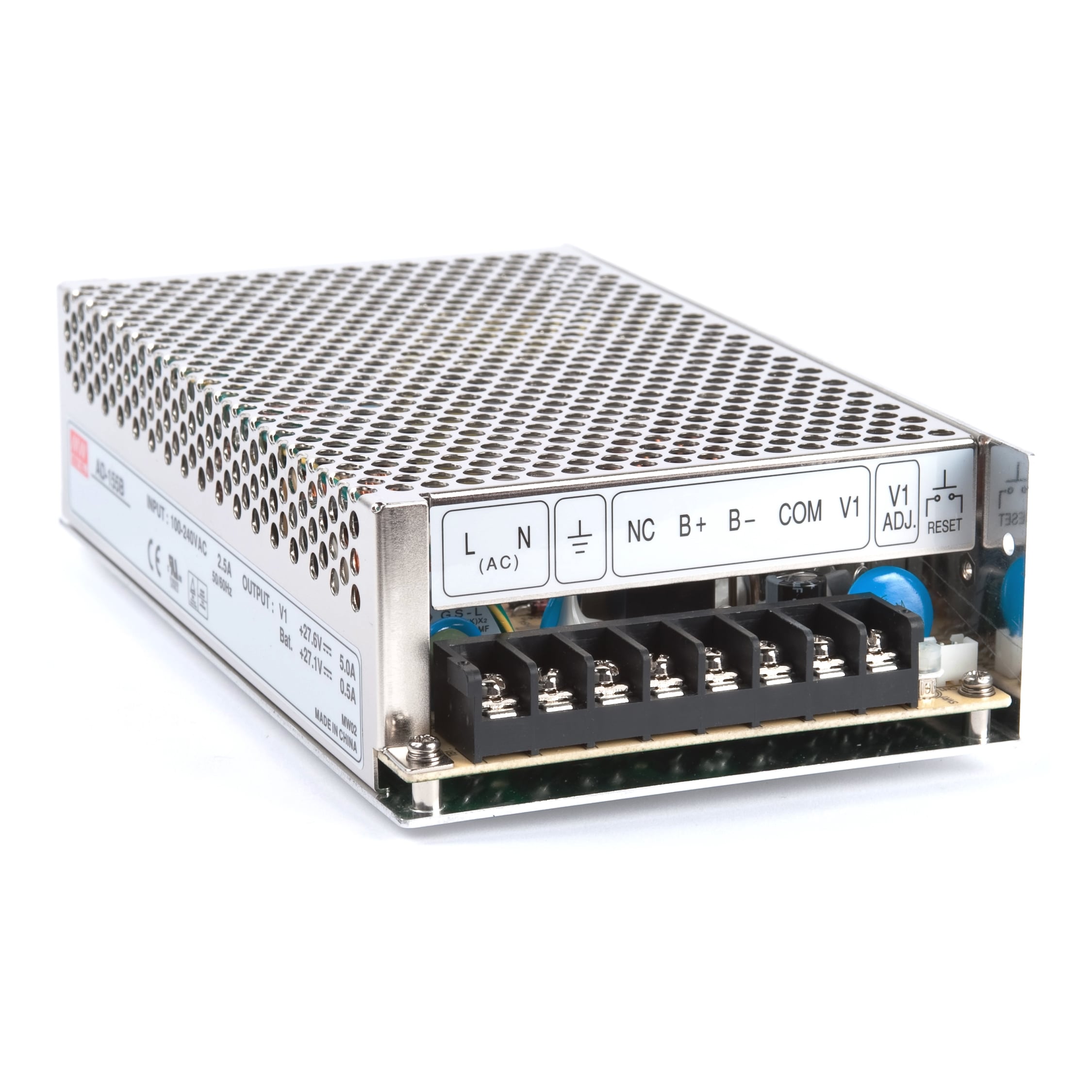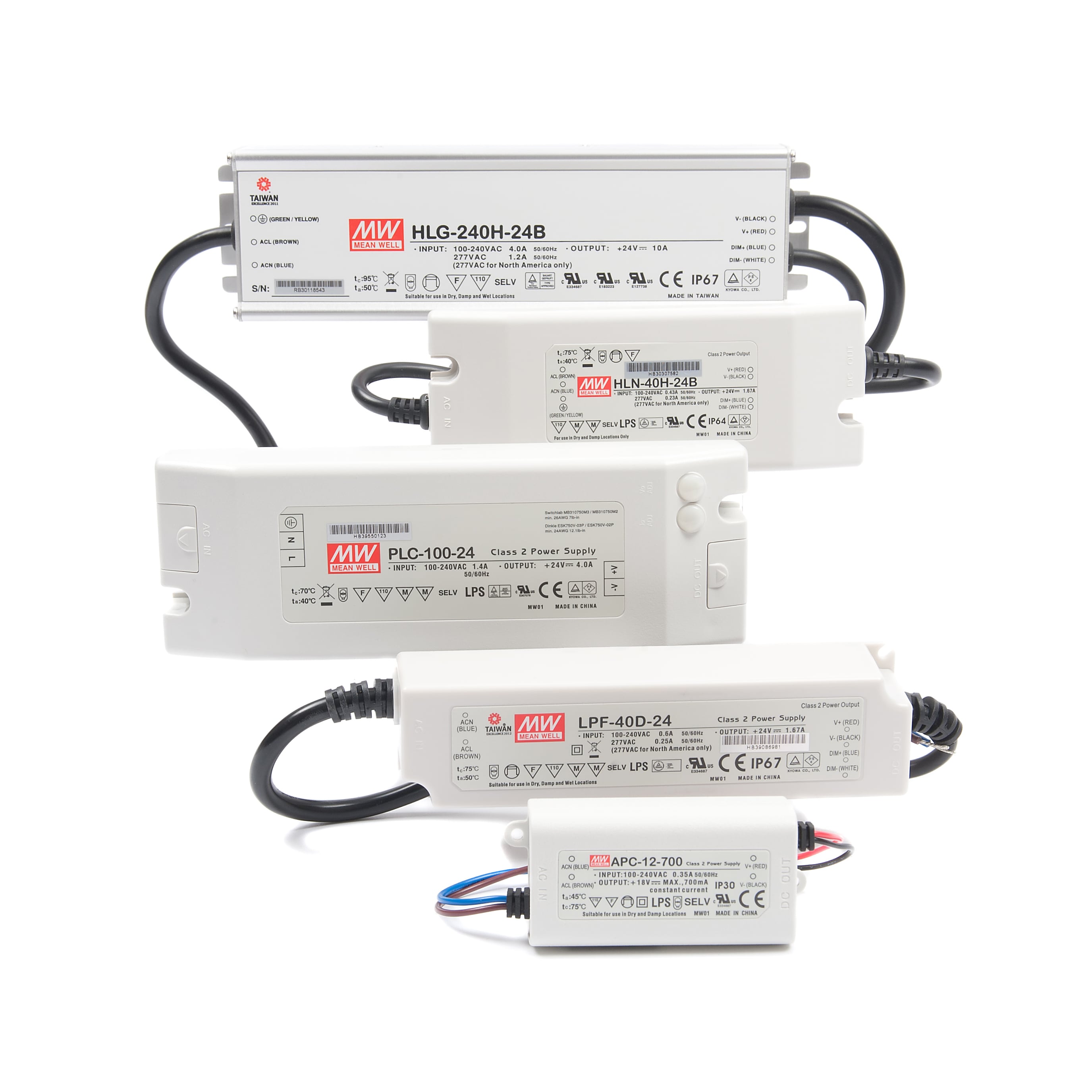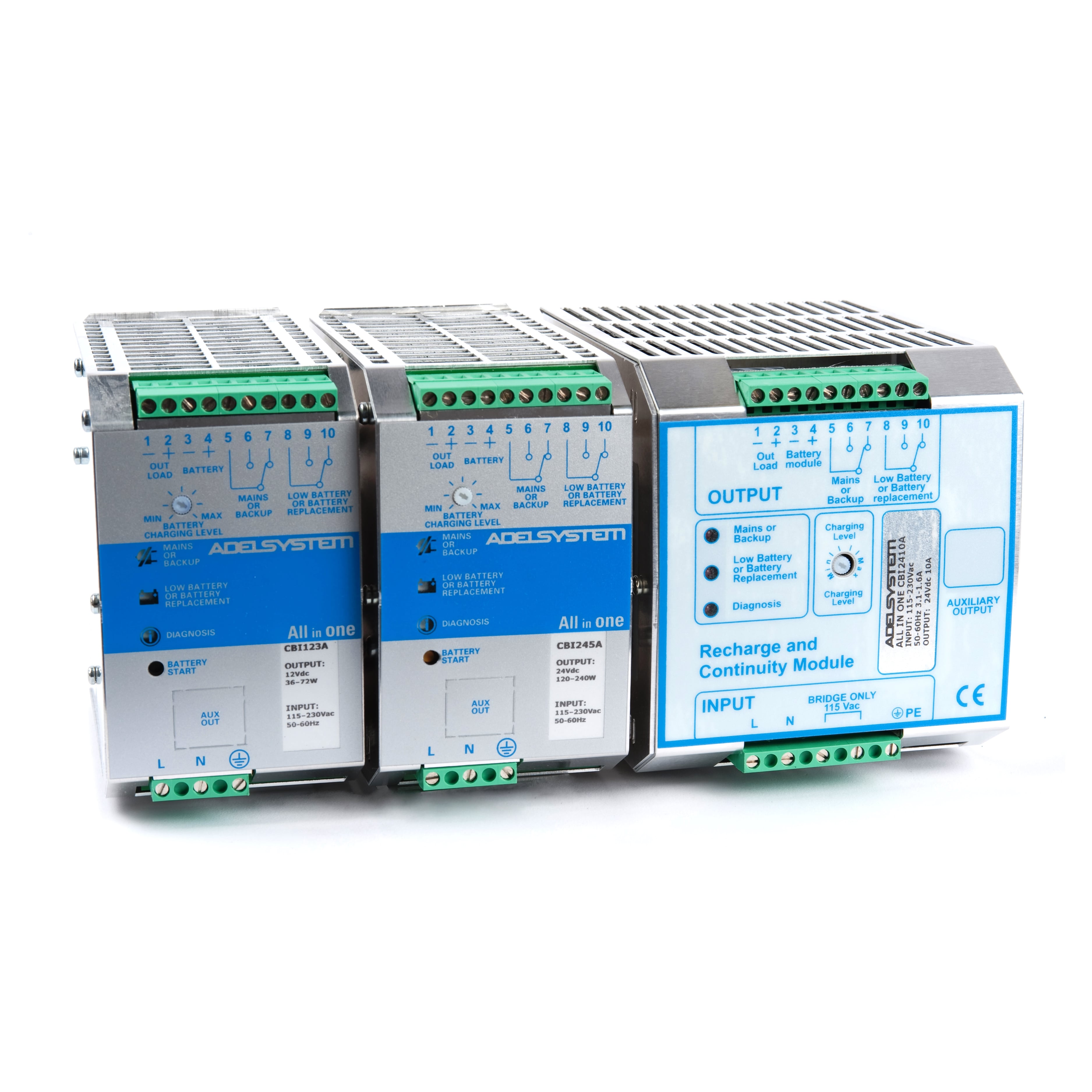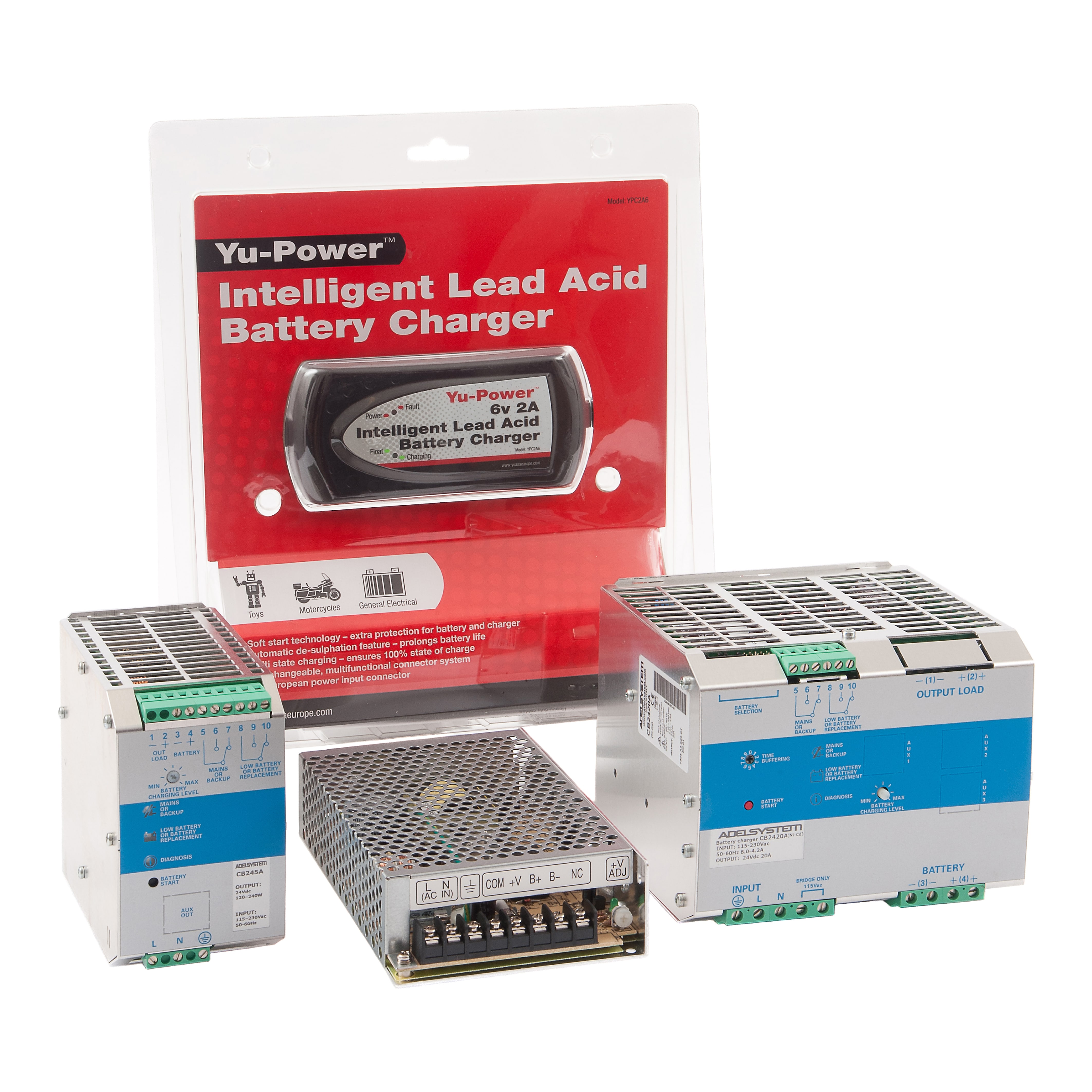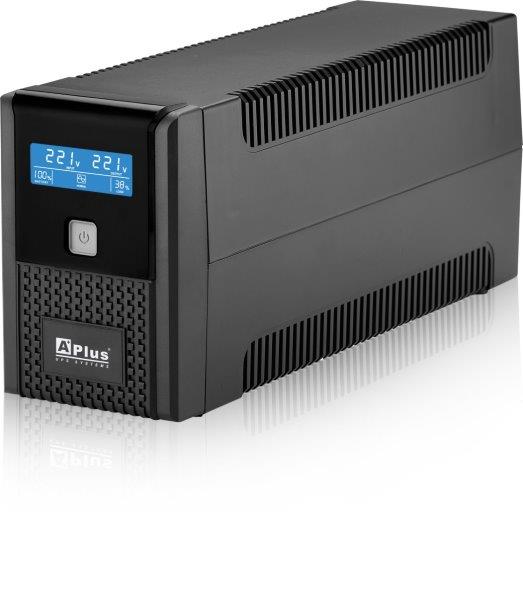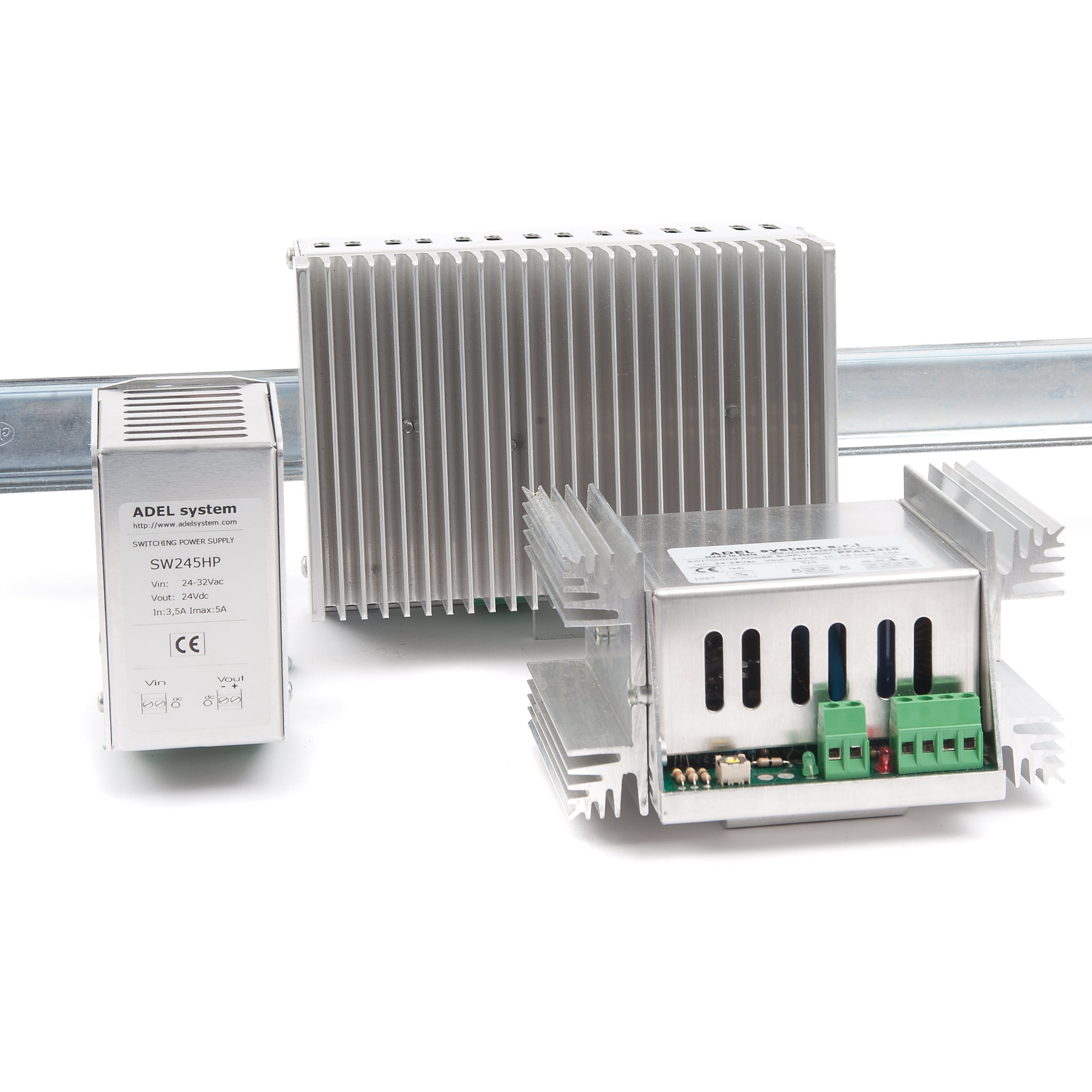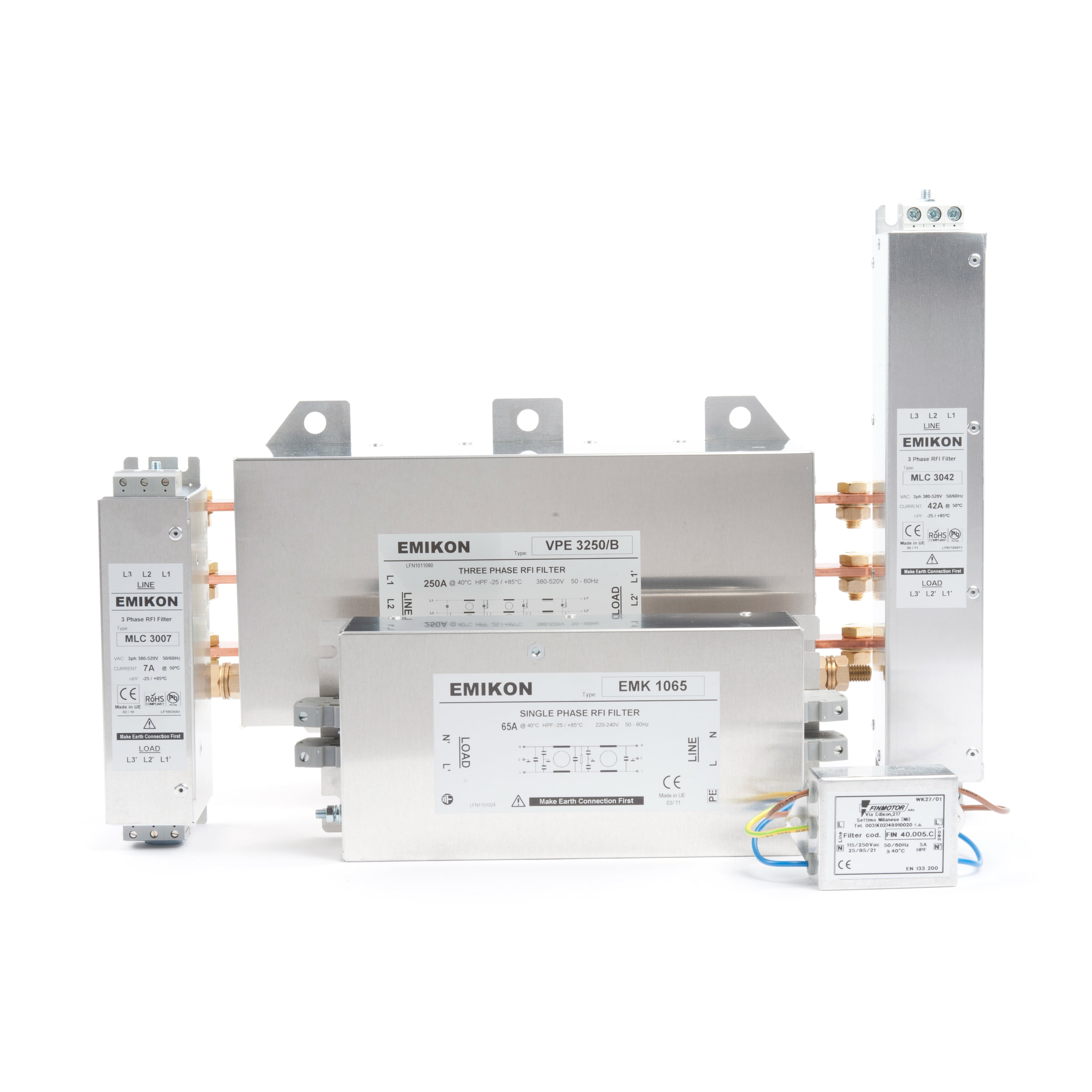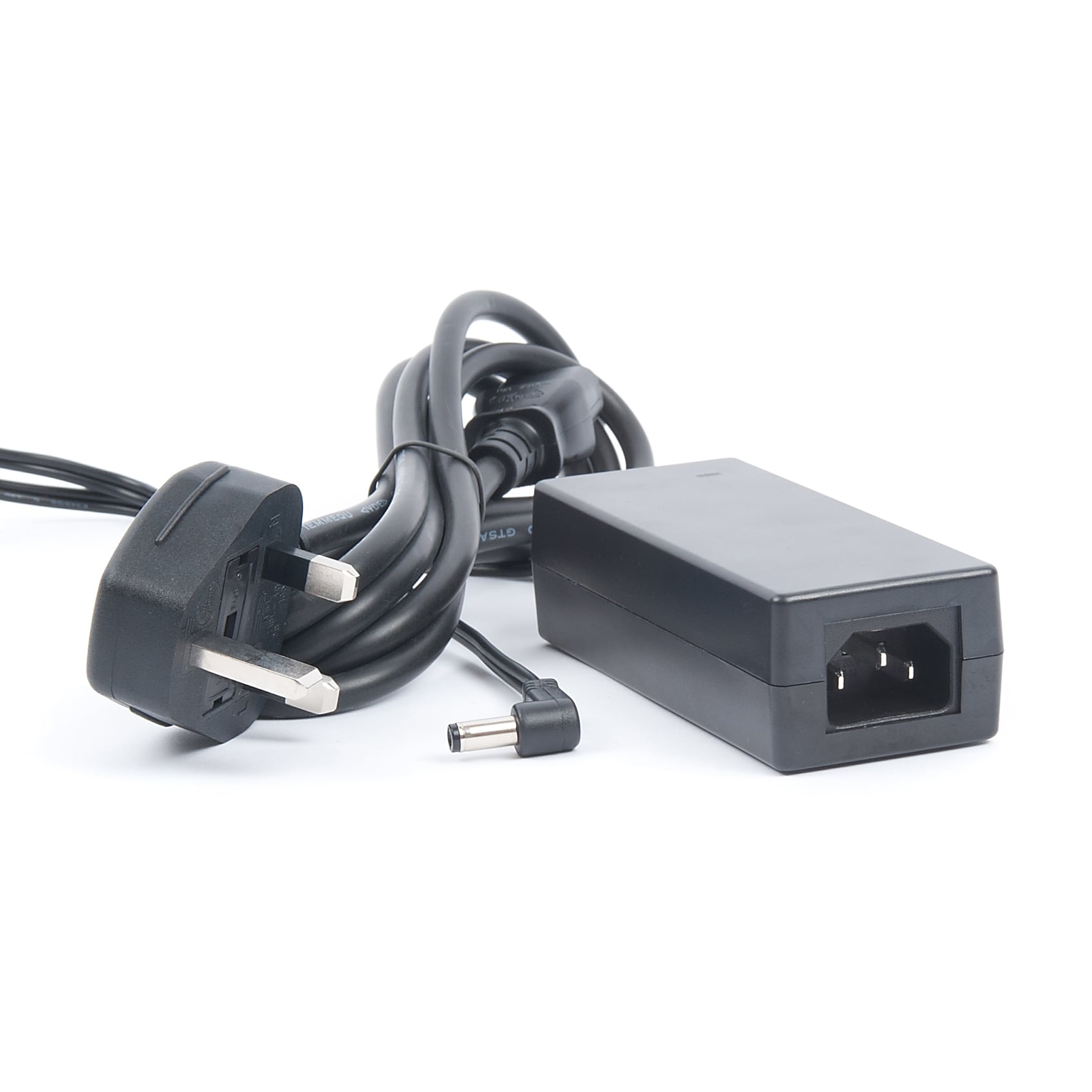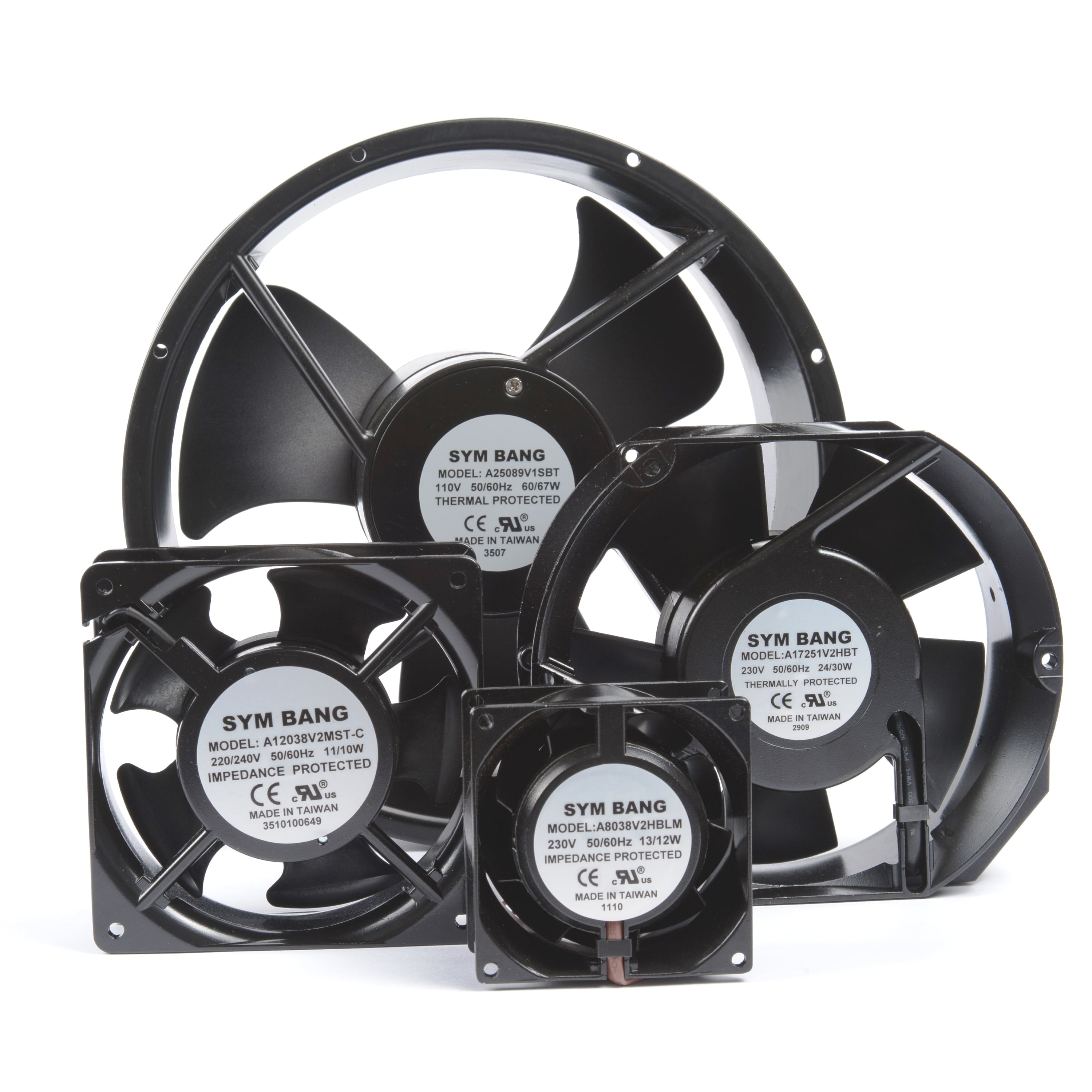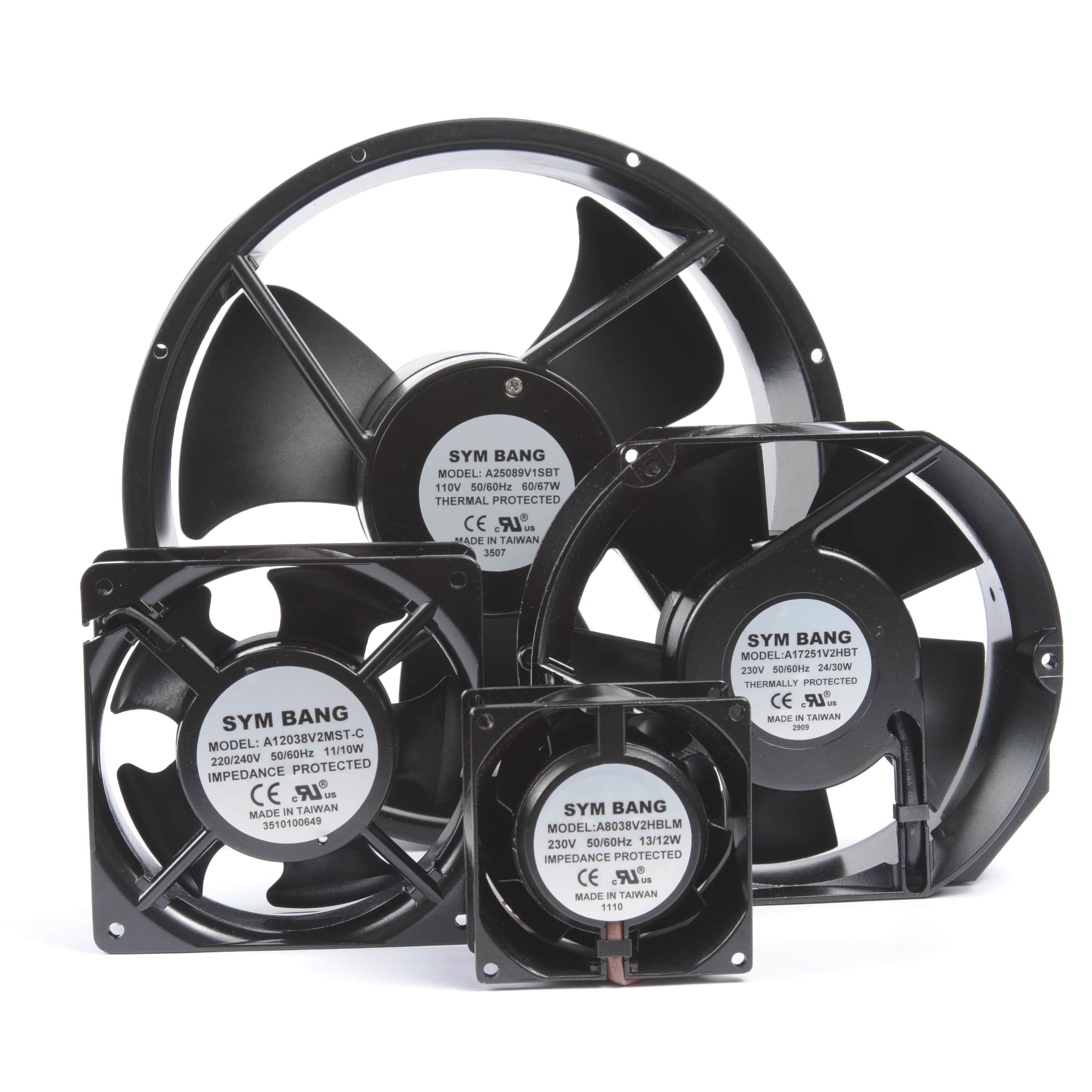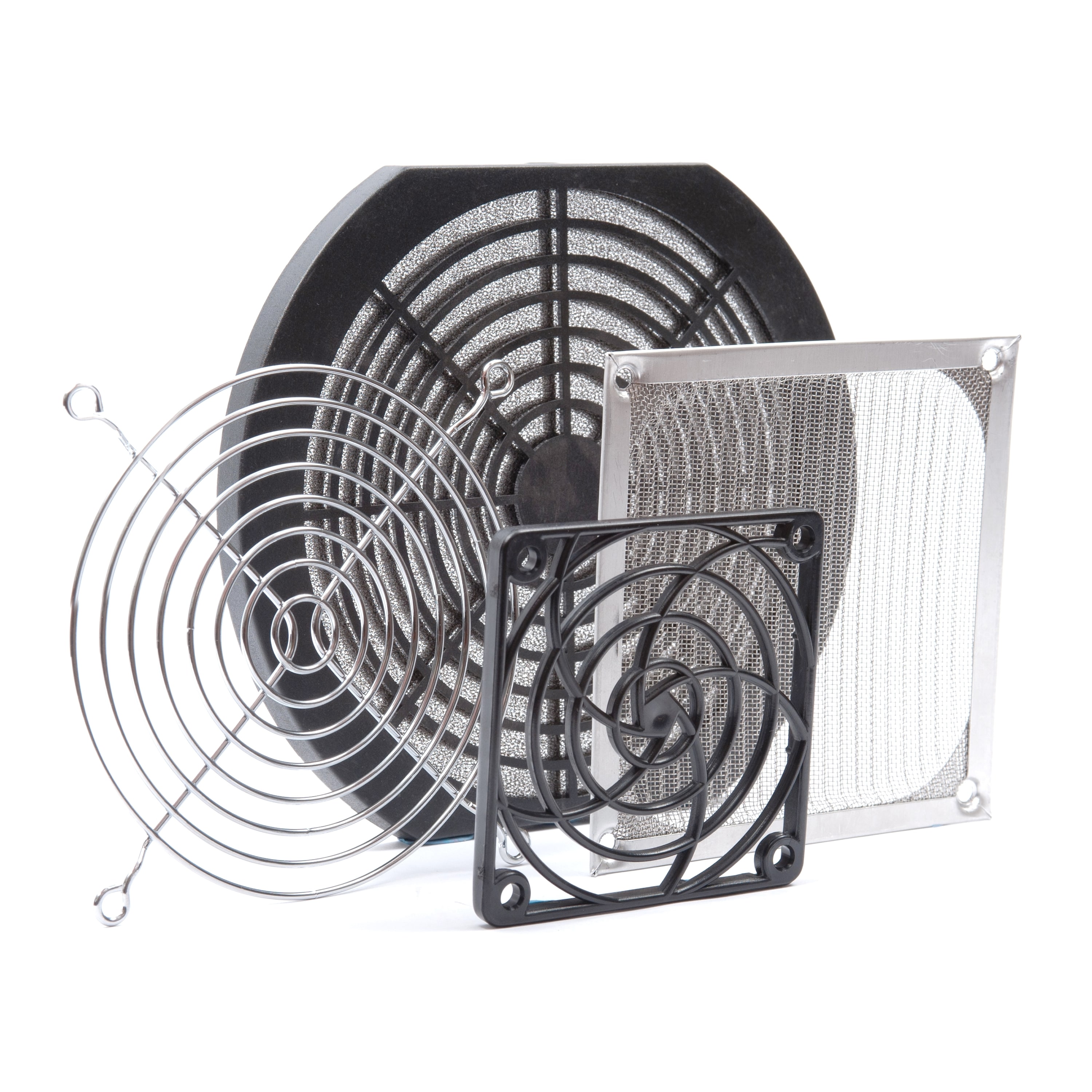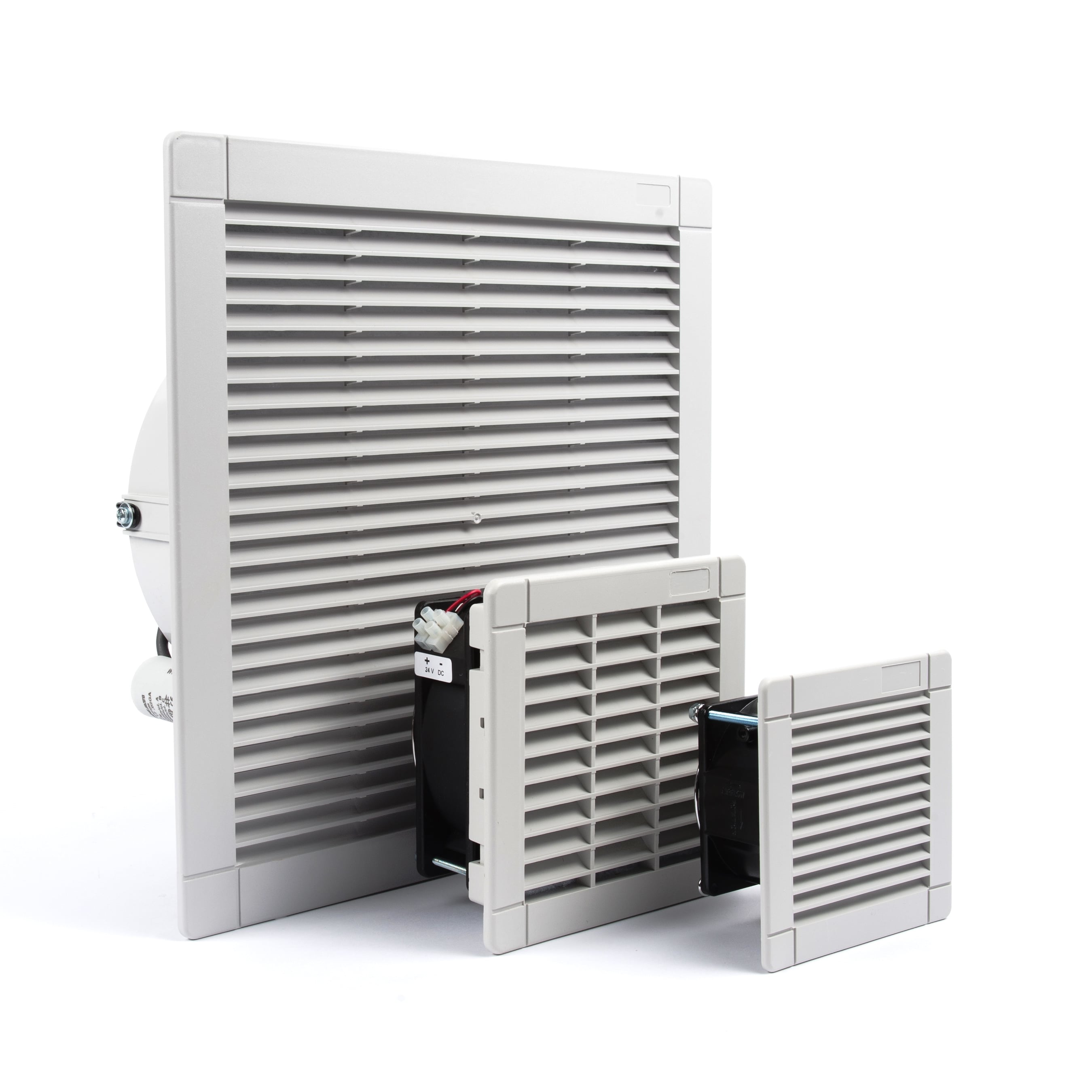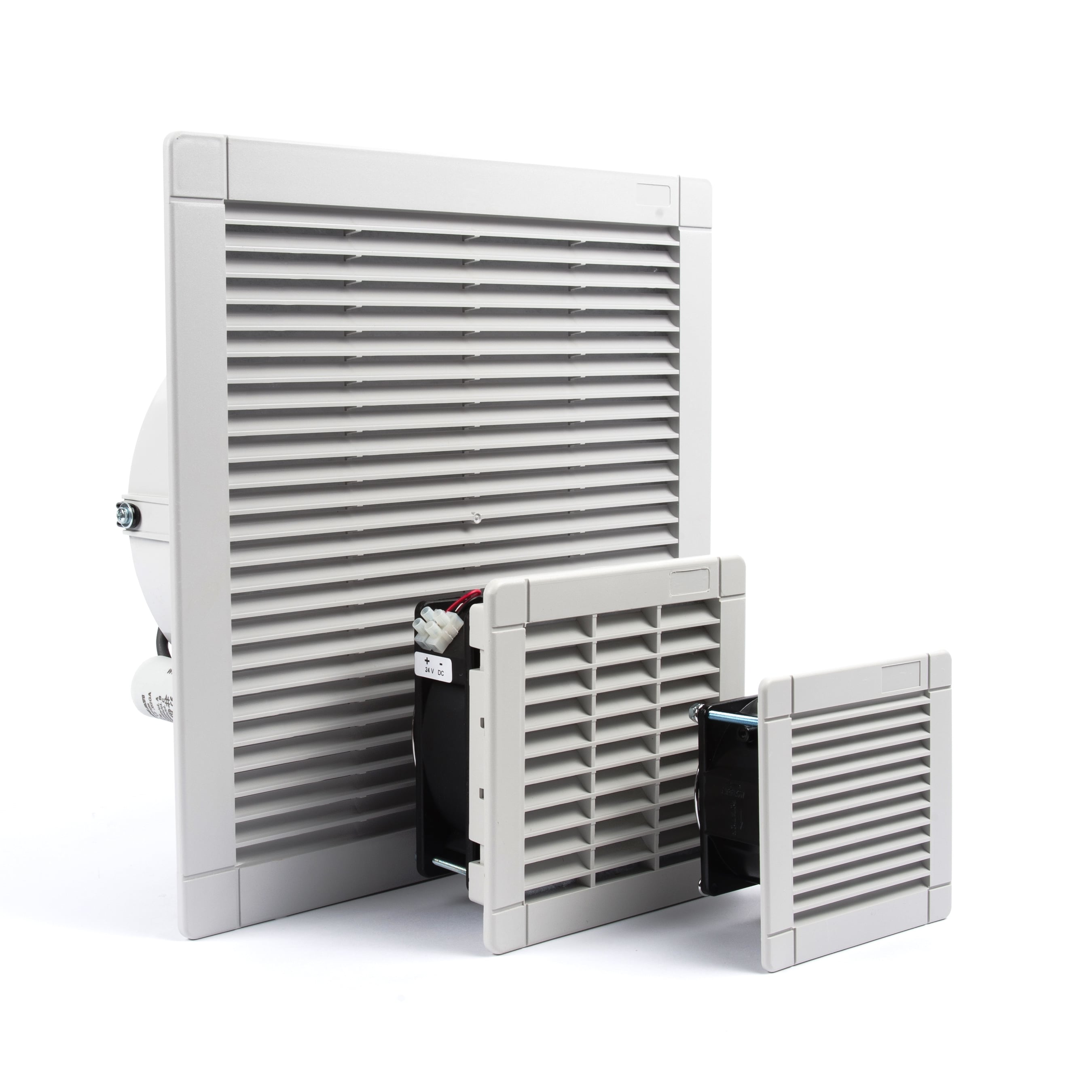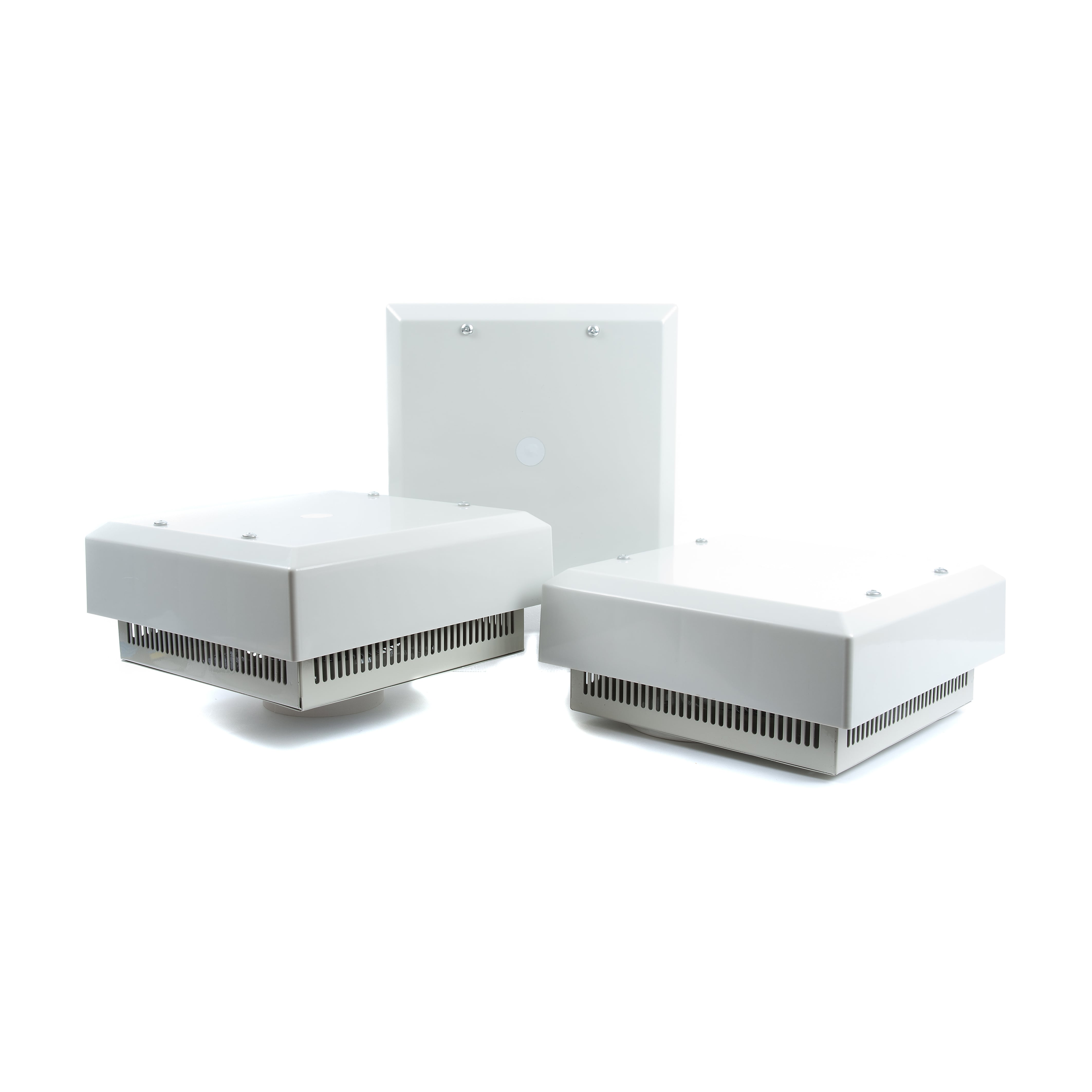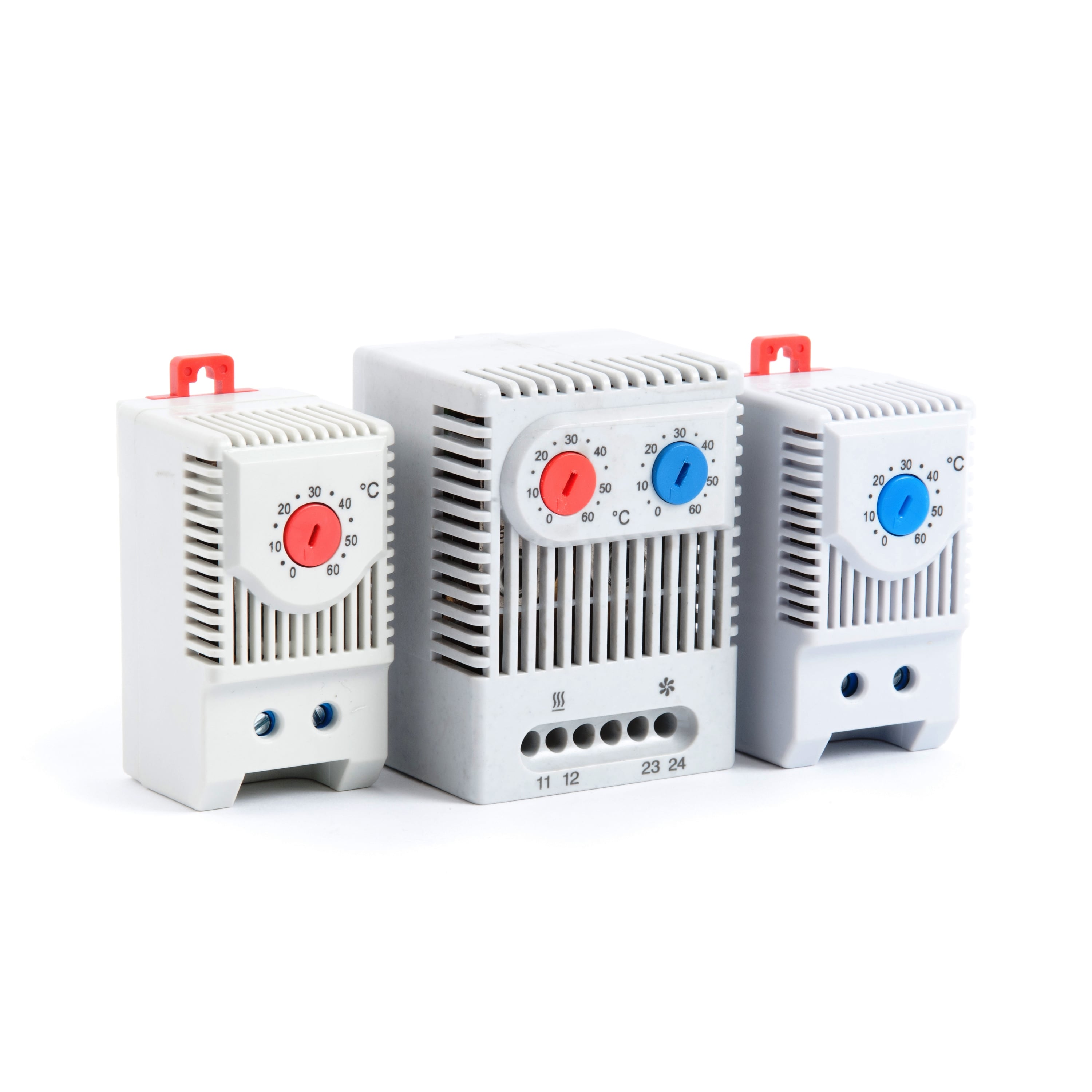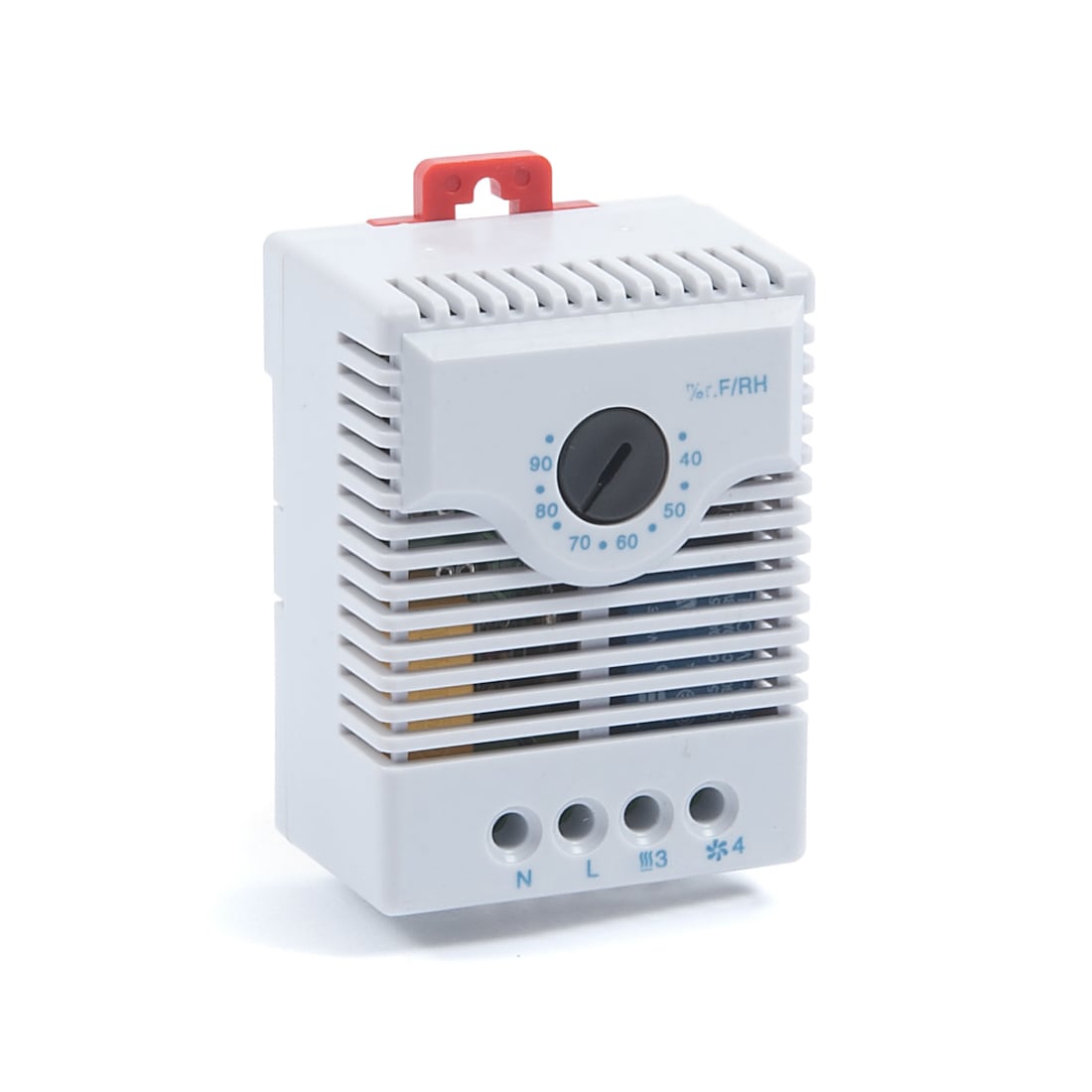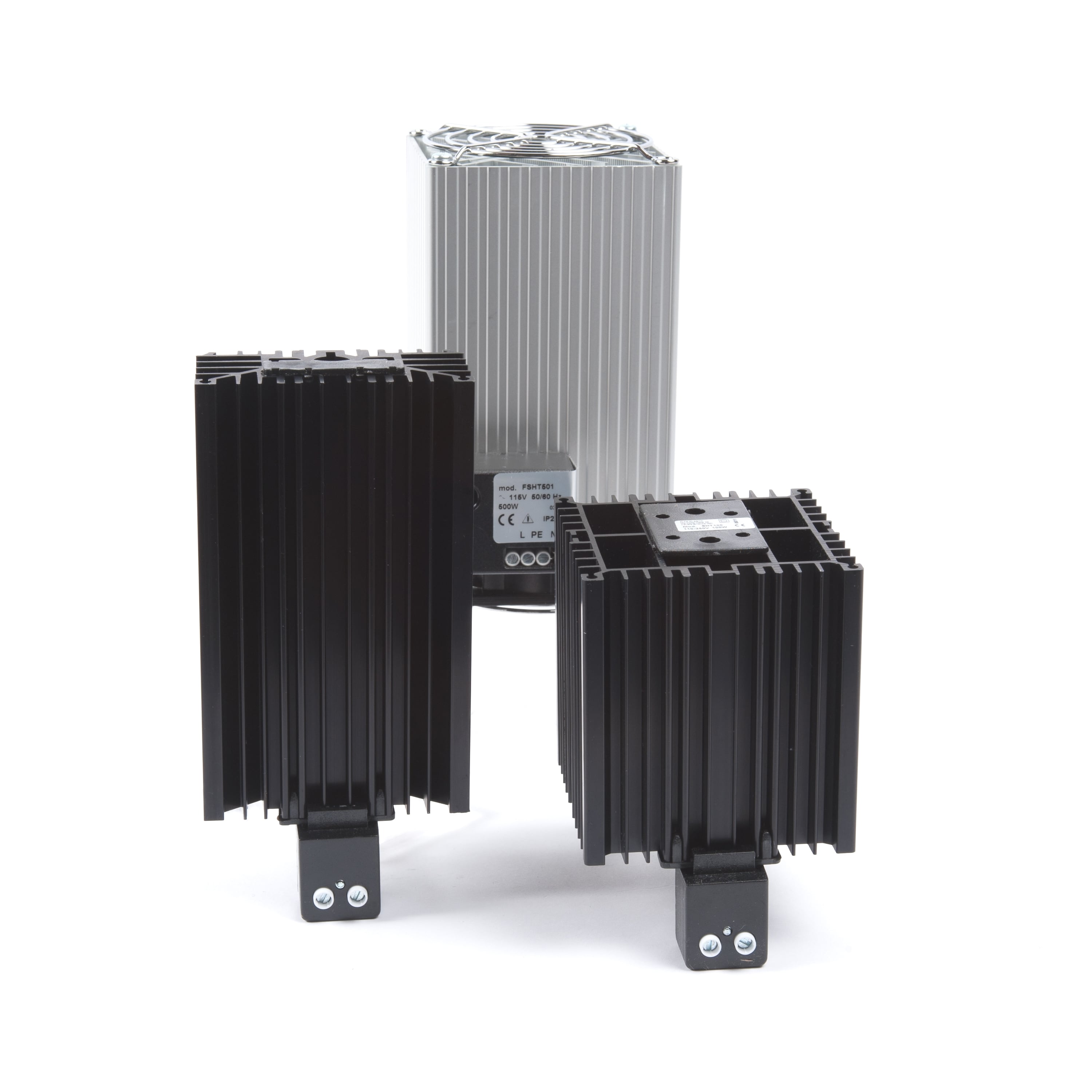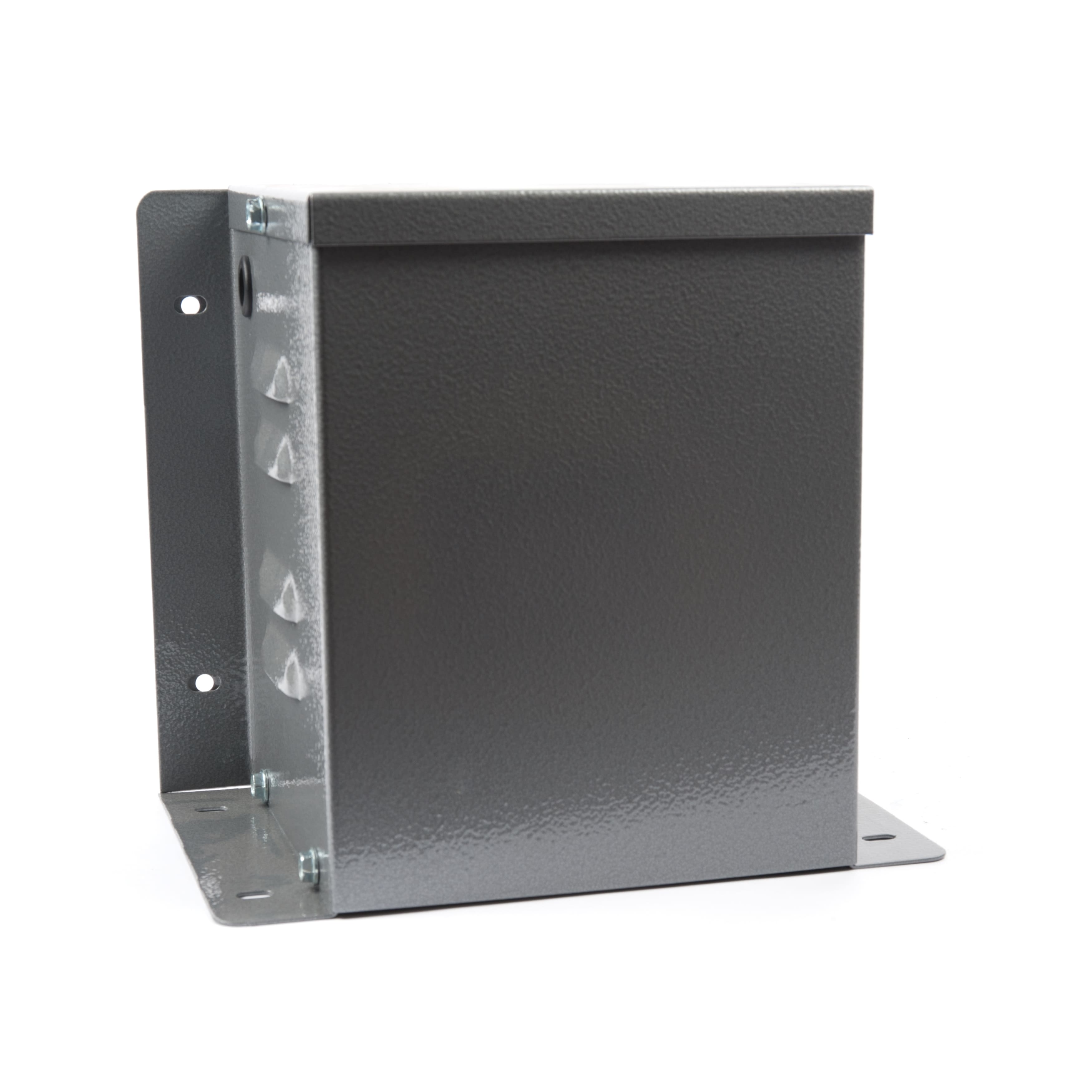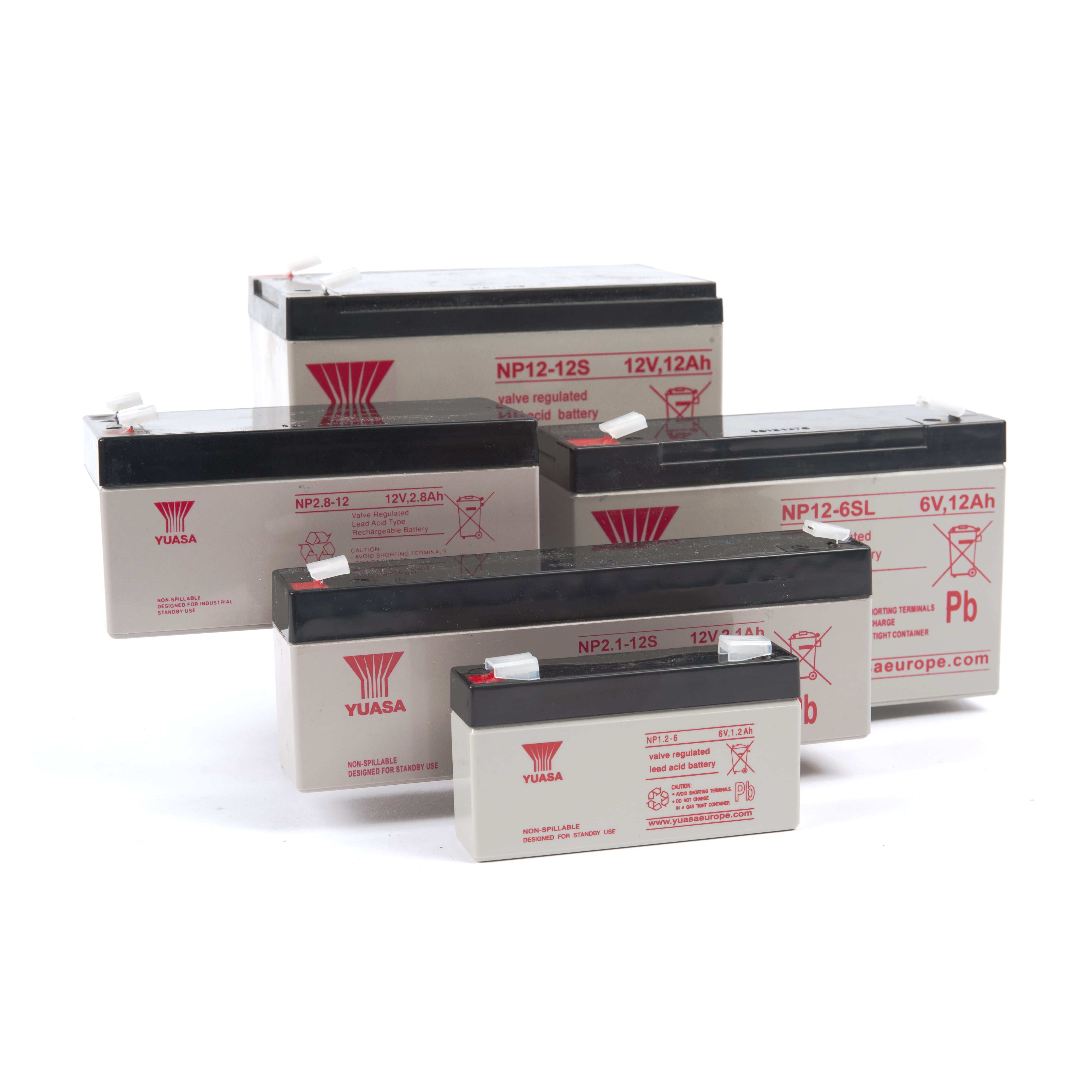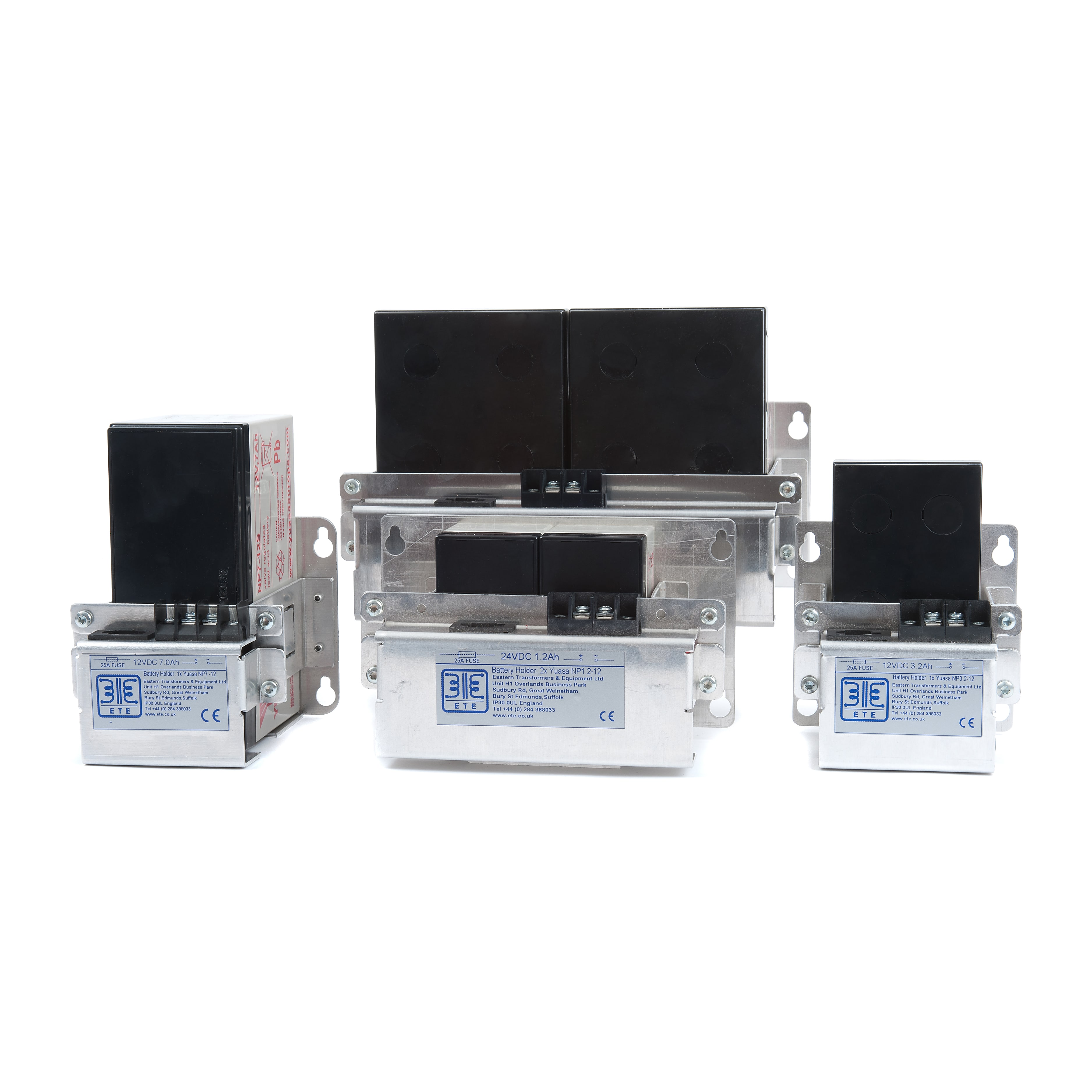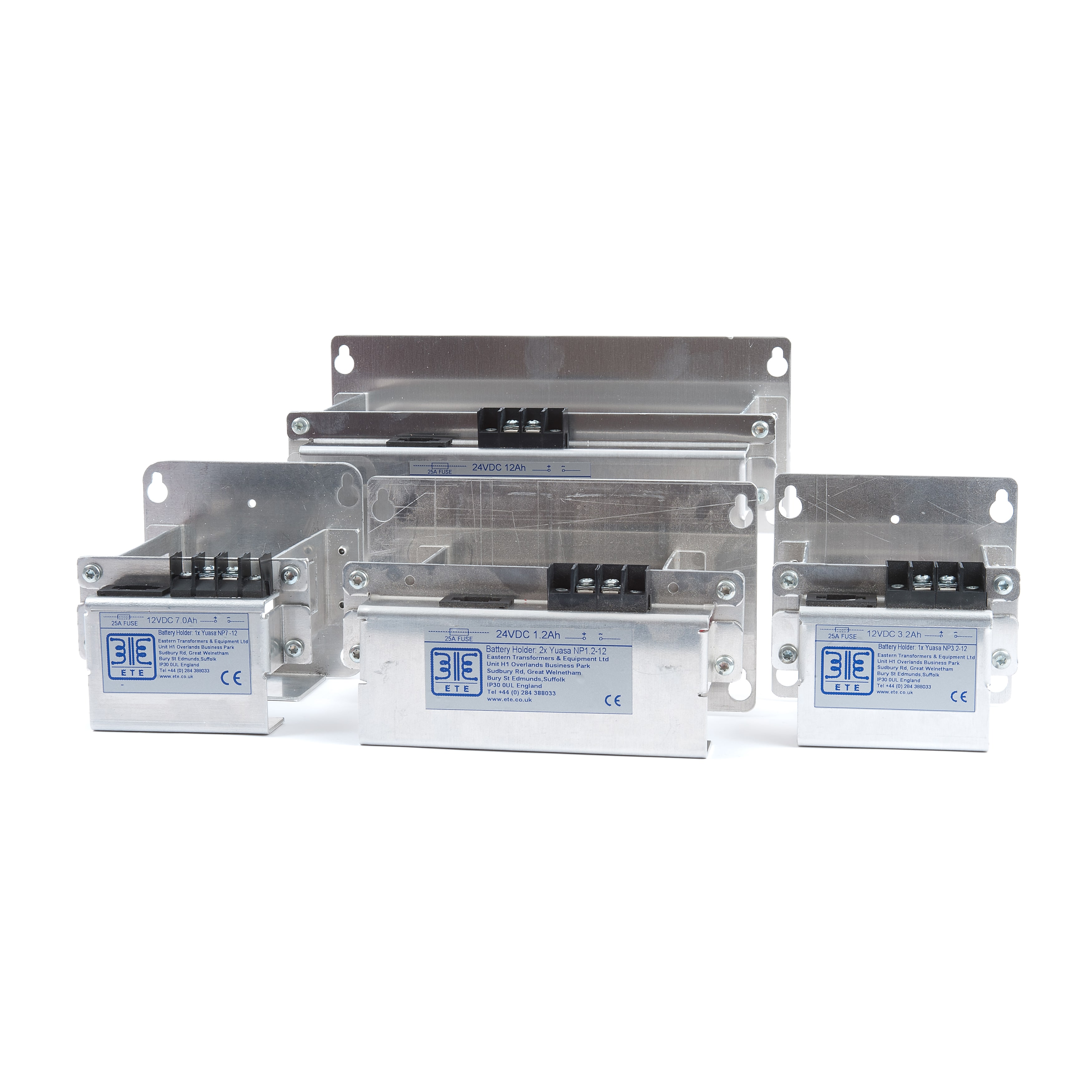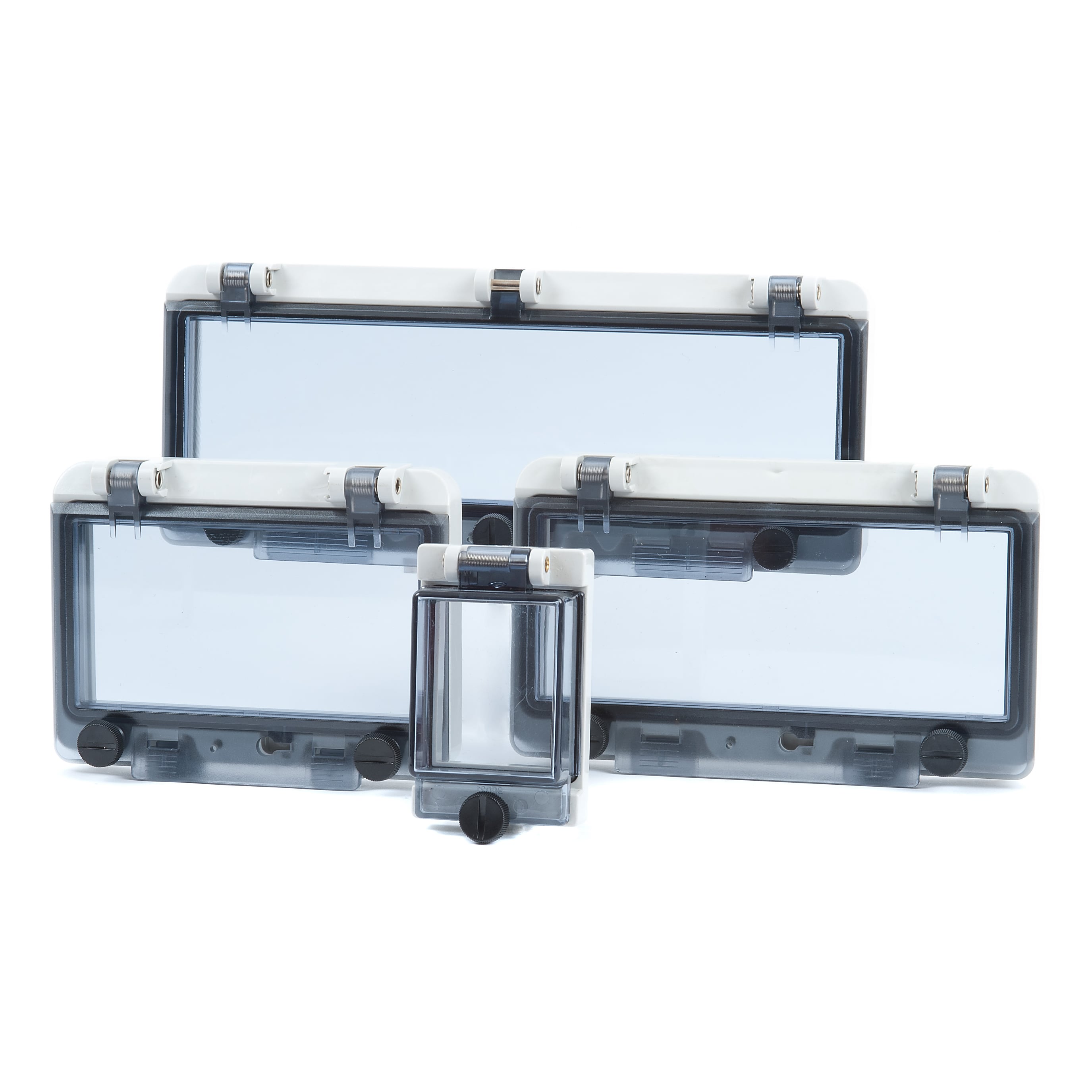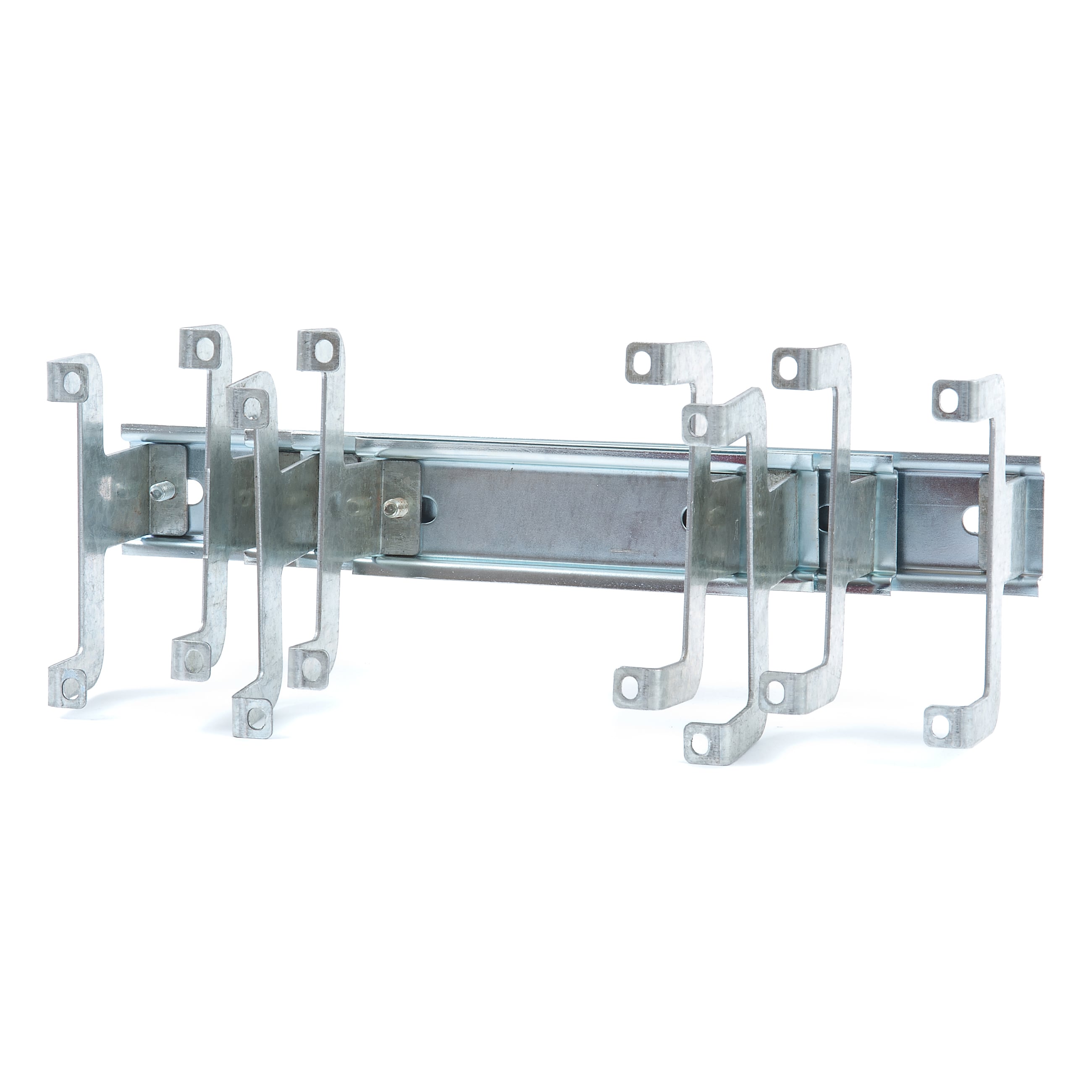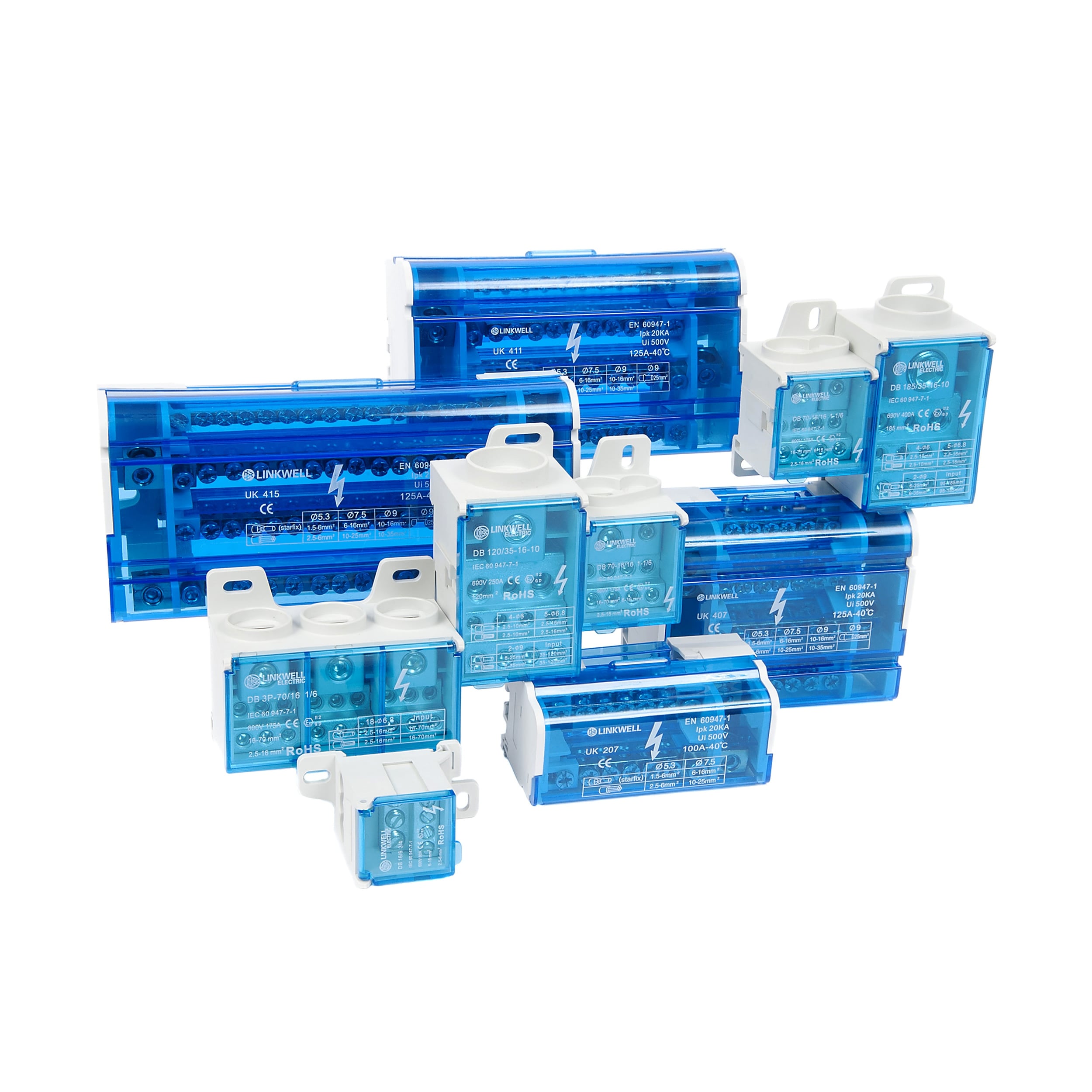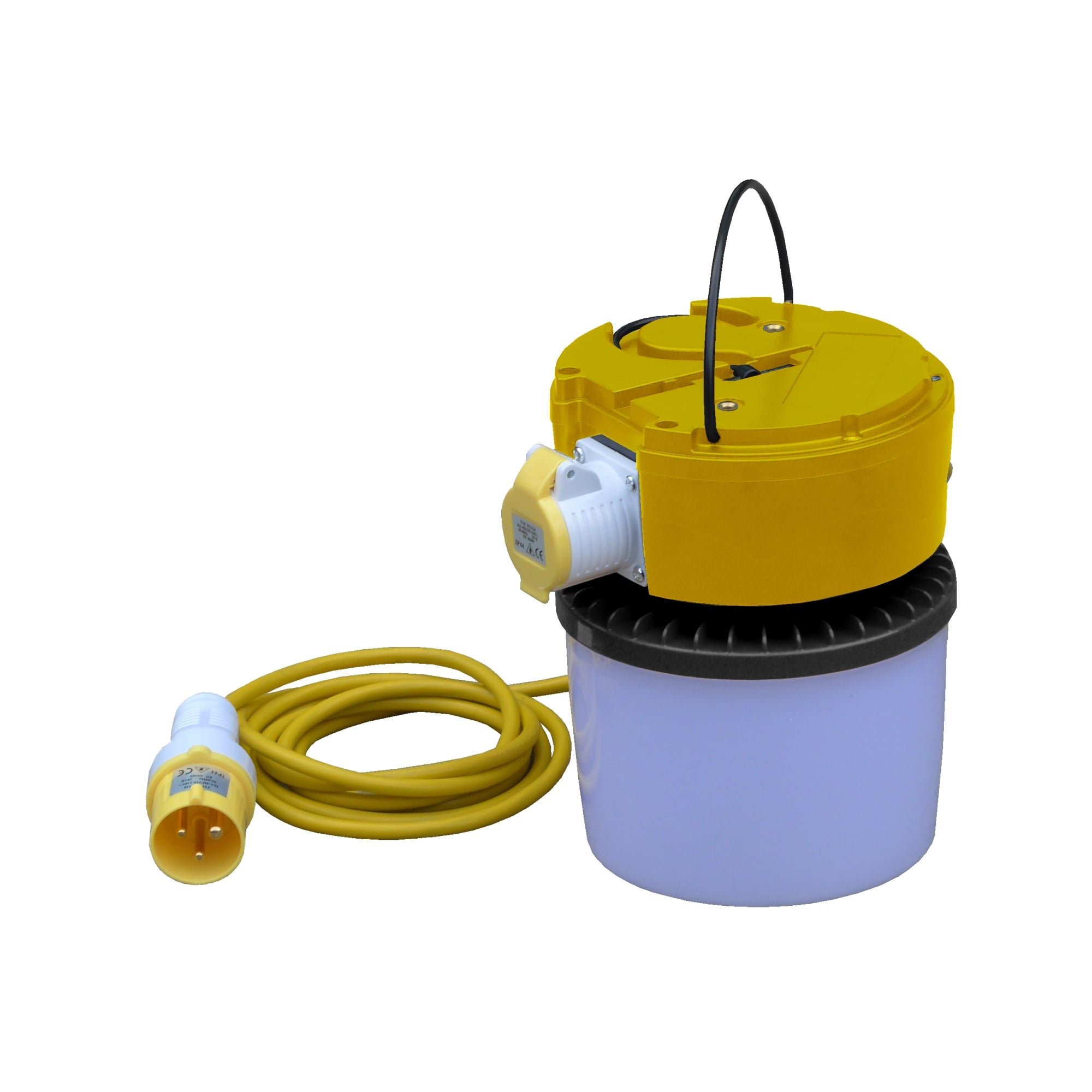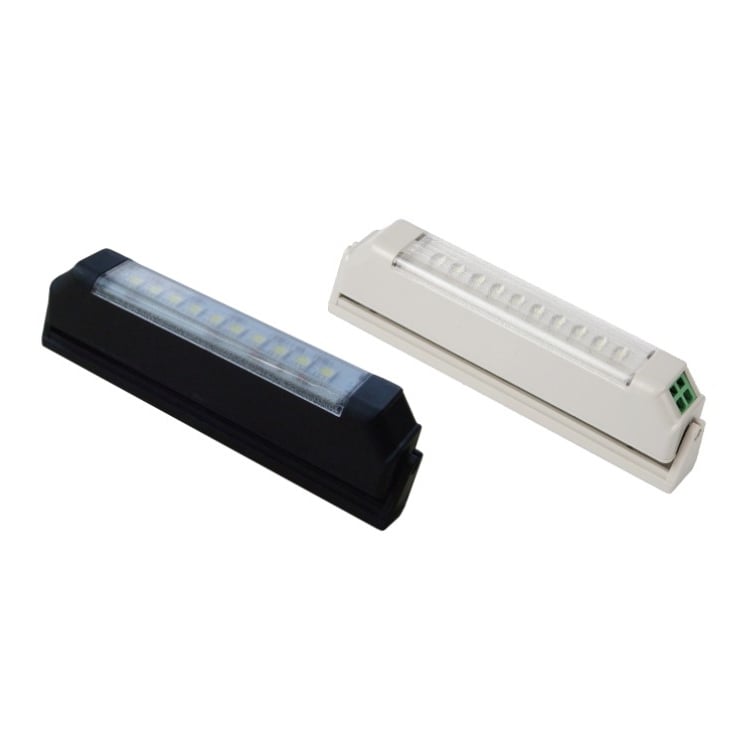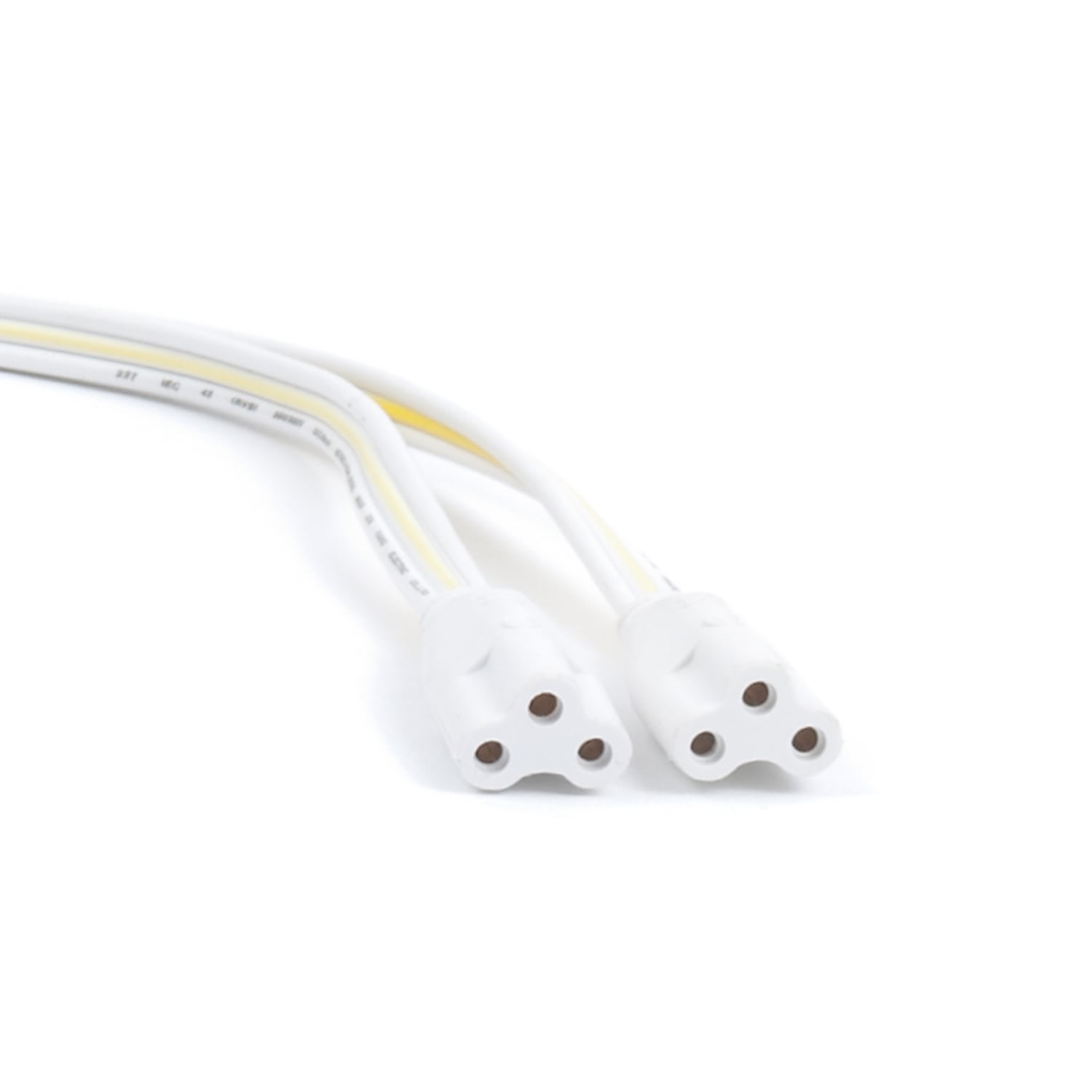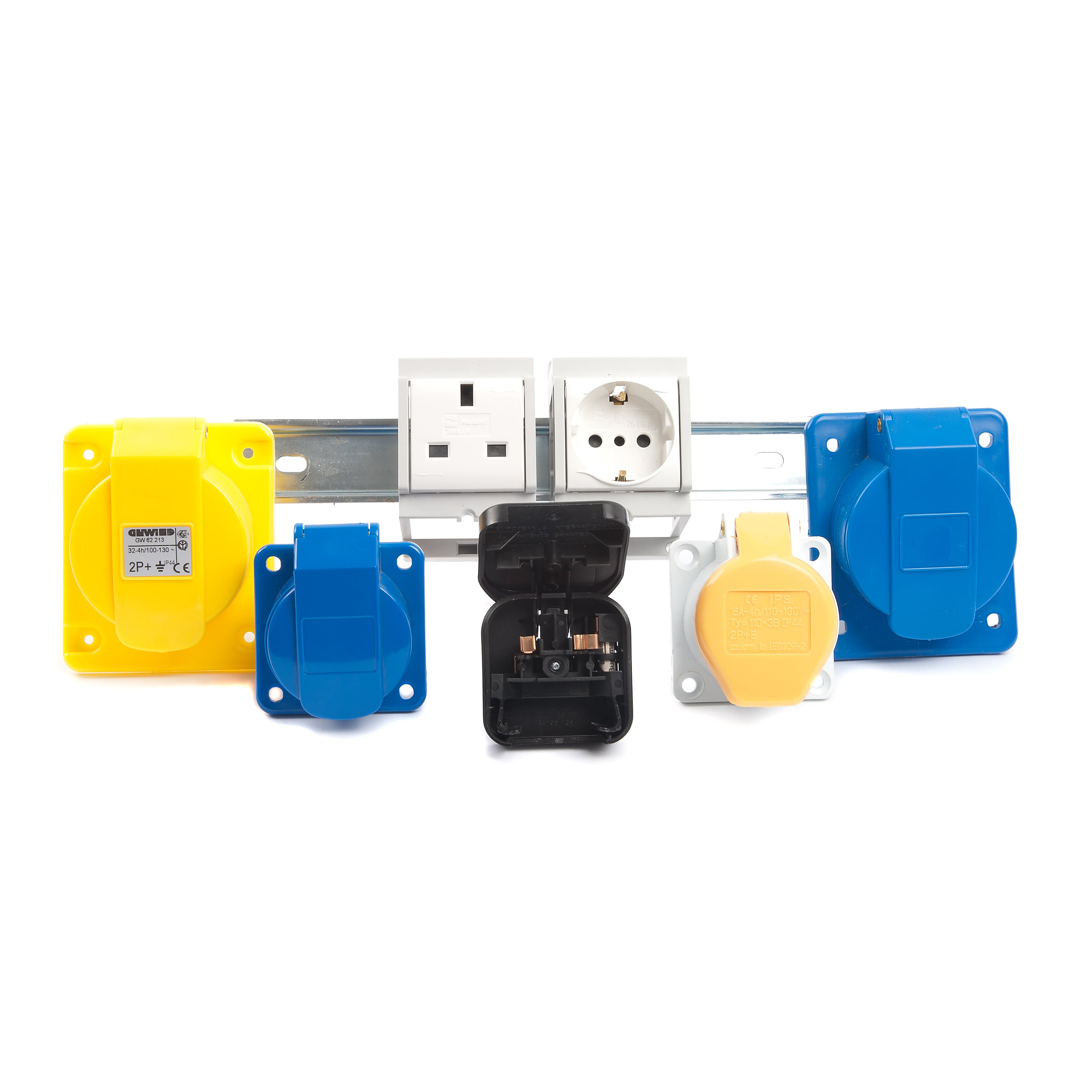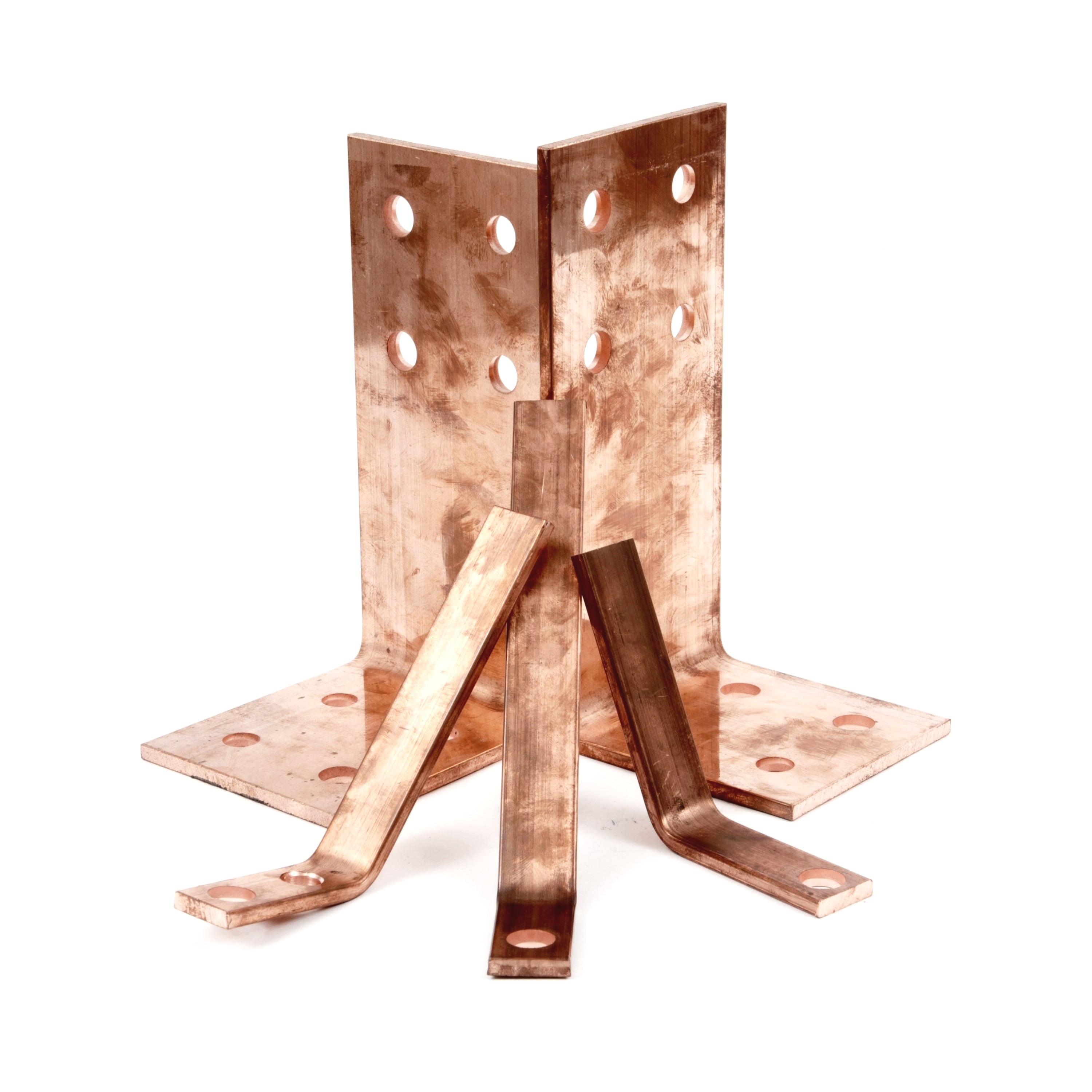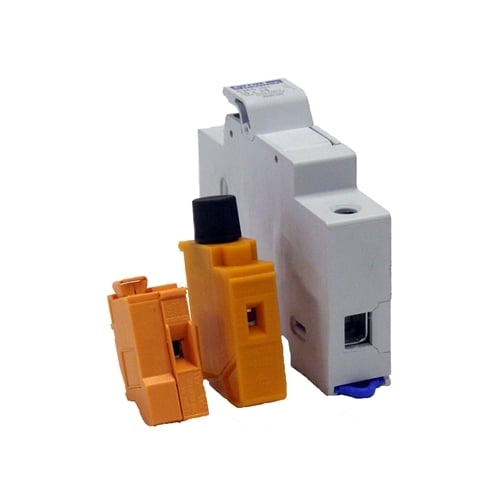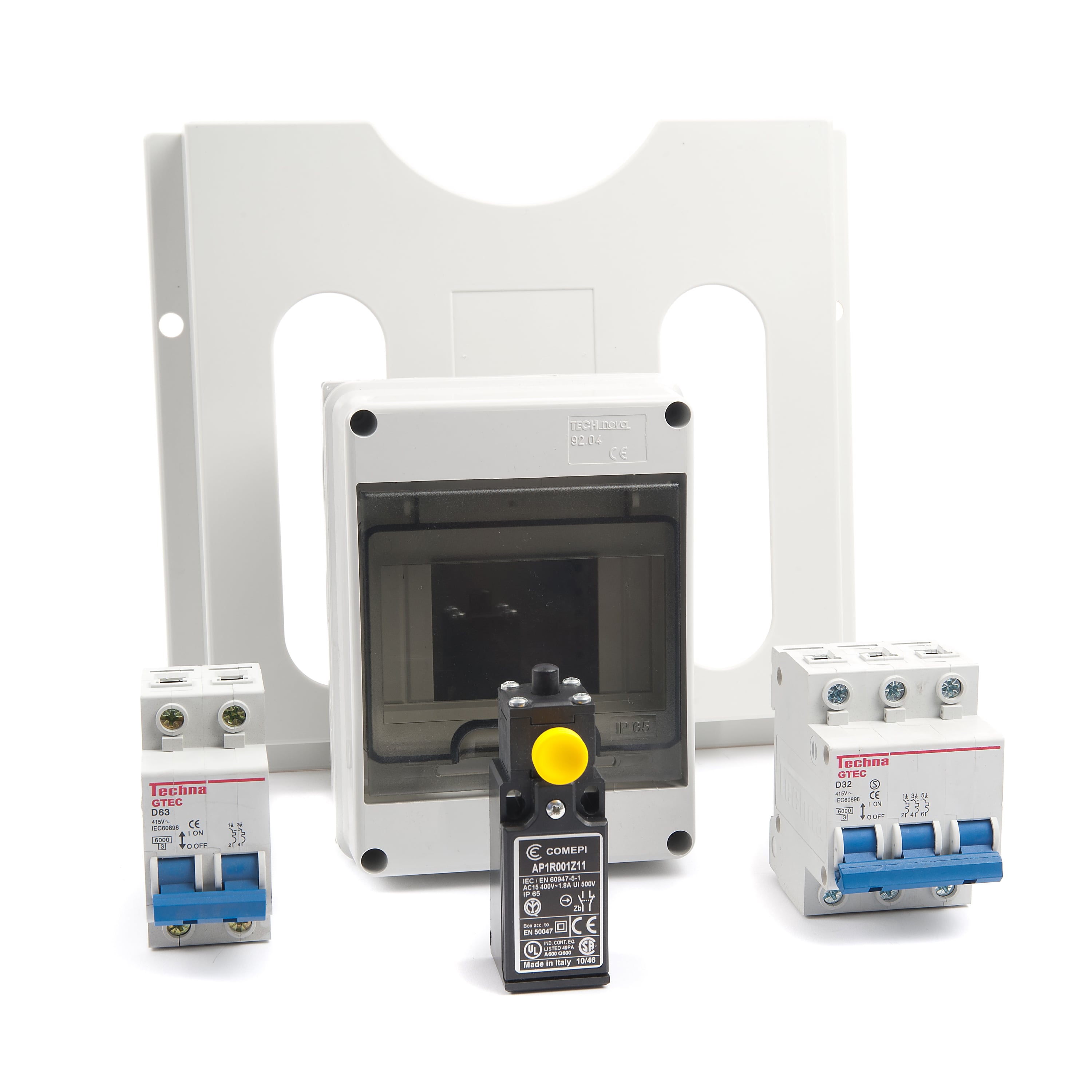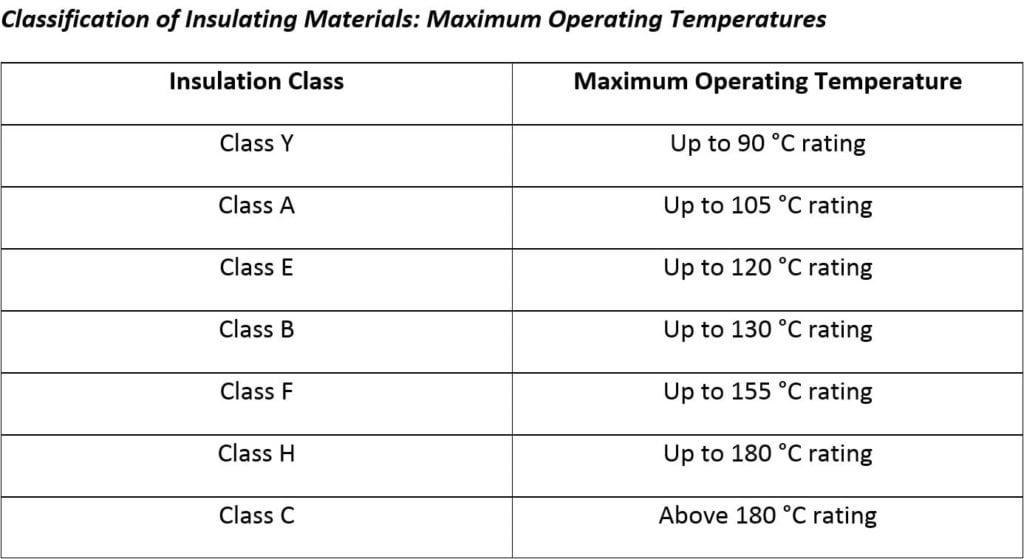Blog
Transformers generate heat. This is a completely normal phenomenon and is something that will occur regardless of the size or rating of the transformer. A transformer feeling warm, or even hot, to touch is rarely an issue and is, in fact, typical of a working transformer. It is the extent to which a transformer’s temperature rises above the ambient temperature that should be considered when measuring whether it is running too hot.
Transformers are designed to different insulation classes, depending on their proposed application. This insulation class will determine the temperature range to which the transformer can efficiently run. As such, different transformers will be capable of working within different temperature boundaries. Accordingly, there is no universal temperature figure that can be used to measure whether a transformer is running excessively hot. The Classification of Insulating Materials outlines the maximum operating temperature for each insulation class however, which, when used alongside the commonly accepted maximum ambient temperature of 40 °C, can determine the maximum temperature rise of a transformer (maximum operating temperature – maximum ambient temperature). Transformers utilising Class Y insulation materials can run up to a maximum of 90 °C, whereas those designed with Class C insulation materials can run in excess of 180 °C, without damaging the insulation or affecting the transformer’s life. This illustrates the vast difference in what can be considered normal when measuring the running temperature of a transformer and exemplifies why a transformer feeling hot to the touch is not, necessarily, an indication of the transformer overheating.
Despite this, the running temperature of a transformer remains an important aspect to consider during the specification process, as those that do run too hot have a heightened risk of burning out and, ultimately, failing.
Temperature Reduction Mechanisms
Ambient temperature build-up can be defined as the average temperature rise of the windings above the ambient (surrounding) temperature when the transformer is loaded to its full specified rating. Temperature is one of the biggest contributing factors to the life of transformer, with increased temperature acting as a fundamental cause for reduced transformer life. As such, ambient temperature build-in is an occurrence that, if not considered during the specification process, can lead to transformers running too hot and, subsequently, failing.
The heat a transformer produces when running rises and causes the temperature within the enclosure, of which the transformer is housed, to increase. The internal ambient temperature (within the enclosure) will be a lot higher than that external to the enclosure. Temperature readings should, therefore, be taken based on the temperature of the transformer itself to give an accurate indication of the actual ambient temperature.
If the temperature reaches a point where it is deemed too high, temperature reduction mechanisms will be required (e.g. cooling fans) to ensure the continued smooth running of the transformer. These fans are used to either extract the excess heat or blow air into the enclosure. The extraction of excess hot air is, generally, the preferred method as this allows for additional air to enter via an open vent or inlet filter. The overall running temperature of the transformer is calculated, not only by the amount of heat generated, but by the amount of heat removed. Thermostats control when the fan(s) turns on and off, using pre-set temperature parameters, to ensure an optimum temperature is maintained within the enclosure (and that the fans are not continuously blowing).
Eastern Transformers & Equipment (ETE) have compiled an extensive array of stock products that make up their thermal management range. The products within this collection have all been added to ensure that transformers can effectively work within an optimum environment for their designed application. Most of the products (e.g. fans, filters, and thermostats) have been designed to ensure the internal temperature of the enclosure remains within the specified boundaries. Anti-condensation heaters are also available to reduce the risk of moisture affecting the insulating qualities of the transformer (another concern that can affect the life of a transformer).
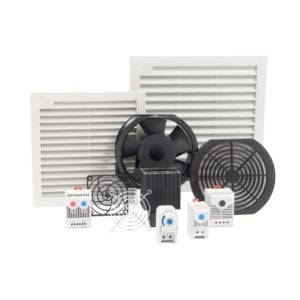
ETE’s stock thermal management range helps to ensure
transformers are operating within an optimum environment
Air Cooling: Ducting of Windings
The bigger the size of a transformer the more difficult it is to cool. Consequently, air cooling of windings becomes more and more critical as transformers get bigger. This can be achieved by ducting of the windings; a method that allows air to flow over the windings. This is a vital element in ensuring larger transformers continue to run at a temperature within the specified guidelines and is an important part of the inherent transformer design.
Where ducting of the windings is present, air can be forced through the ducts which can lead to a temperature reduction of up to 50%. For example, a transformer previously running at 120 °C could run as low as 60 °C by utilising this method. The efficiency of this process will, ultimately, depend on the power of the fans used.
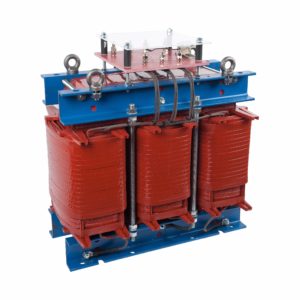
Example of a custom-built transformer from ETE with
ducting of the windings, allowing air to flow over the
windings to cool the transformer
Modern Innovations: Microprocessor Temperature Control Units
Fans are mechanical devices and are, therefore, susceptible to failure over time. Microprocessor temperature control units are a modern technology that aim to reduce the likelihood of fan burn-out by controlling when they switch on and off. What’s the difference between a temperature control unit and a standard thermostat? Thermostats control the temperature within an enclosure, whereas temperature control units monitor the specific temperature within the transformer windings. The units can be linked into PTC probes for more efficient control of the cooling fans. The fans will only cut in, when necessary, to bring the windings back into range. Fans are not designed for continuous use and using microprocessor temperature control units, instead of thermostats, will ensure that their life span is preserved for much longer. Additionally, the control units can switch off the transformer in the event of over temperature.
ETE have maintained their position at the forefront of the UK’s transformer manufacturing industry for over 30 years. This can be attributed to several factors, however the ability to continue developing by embracing the latest technological advancements is, arguably, the most important of all.
Tony Harper
Marketing Manager


